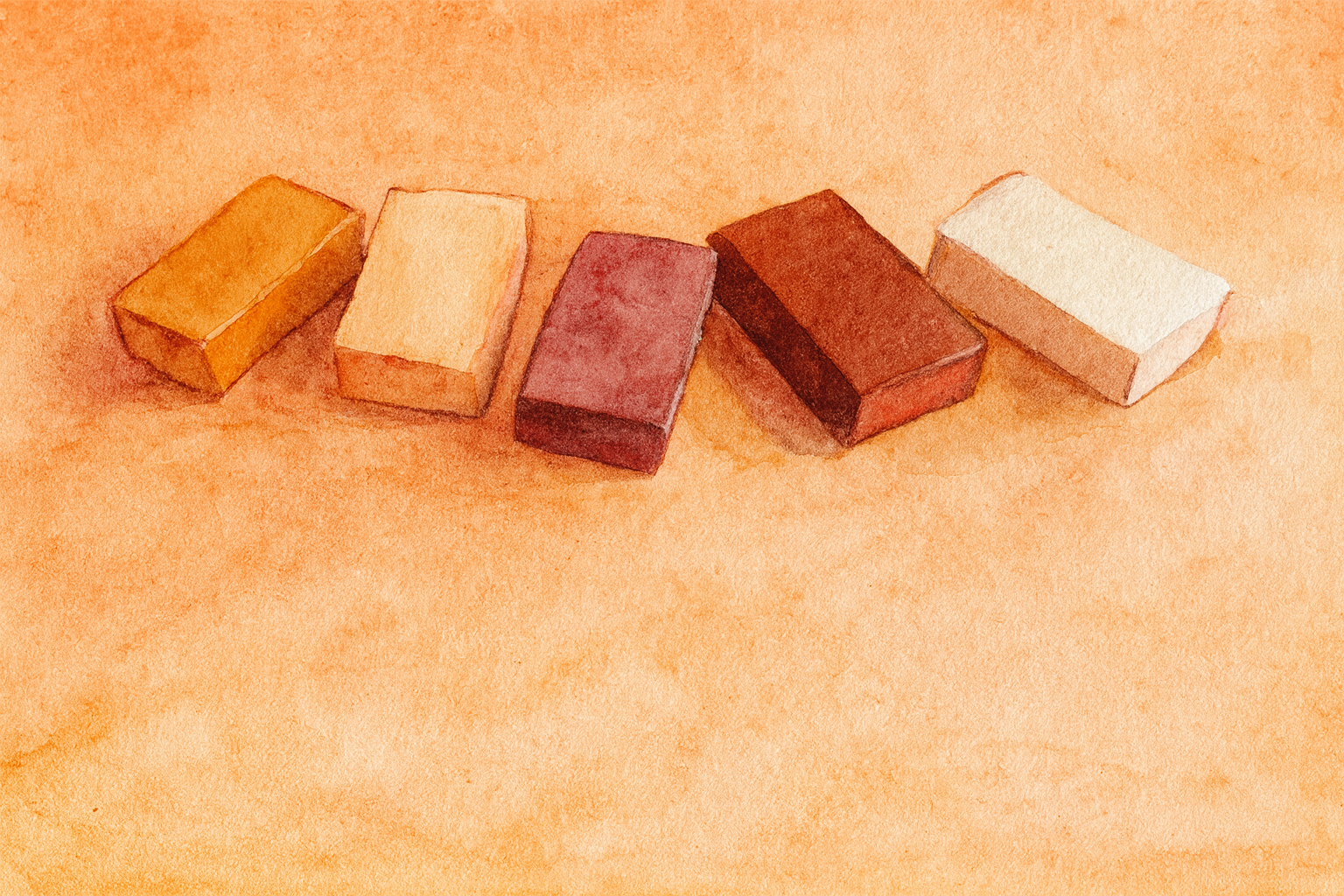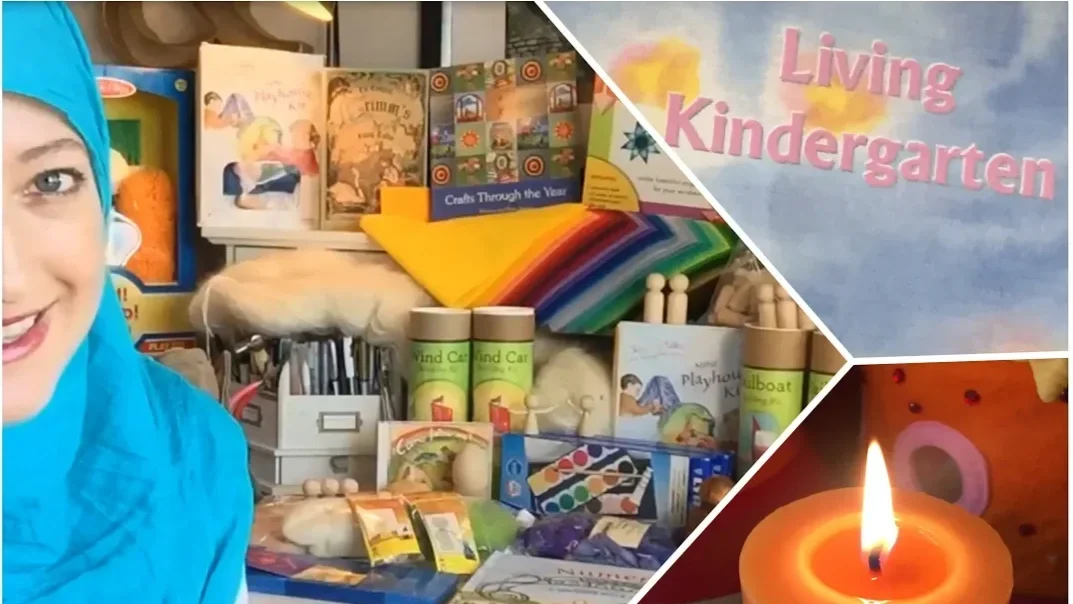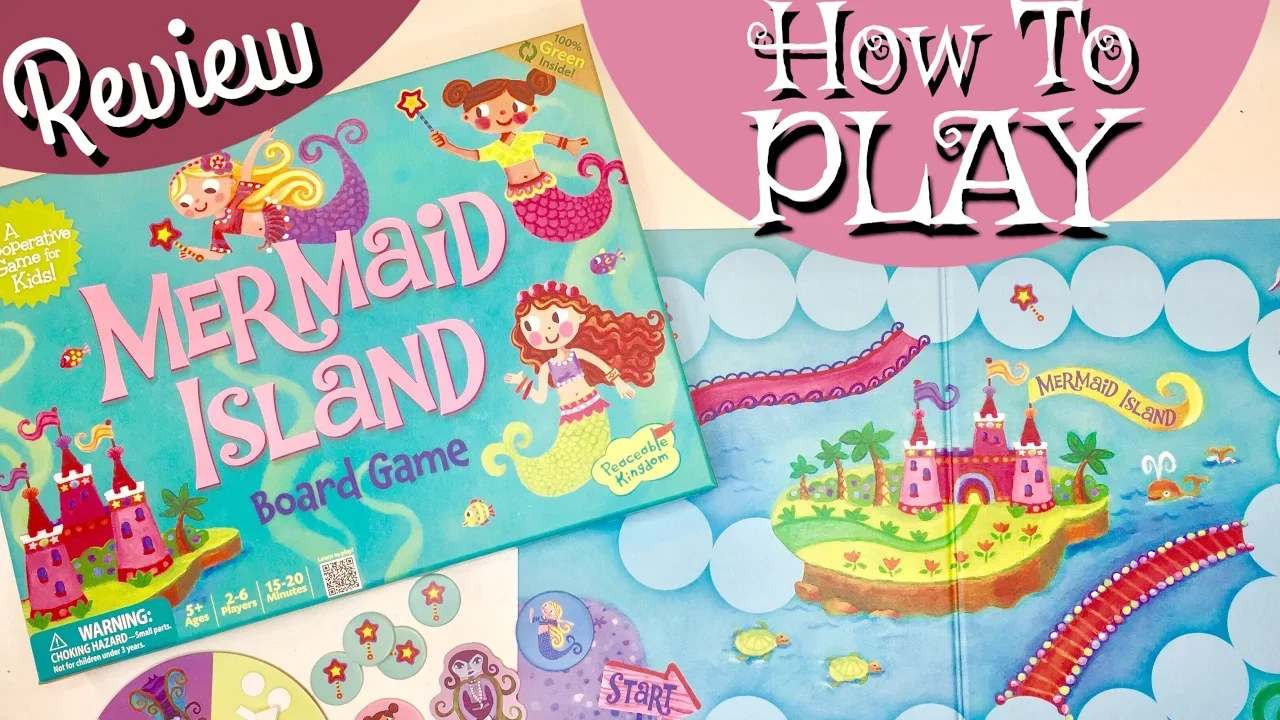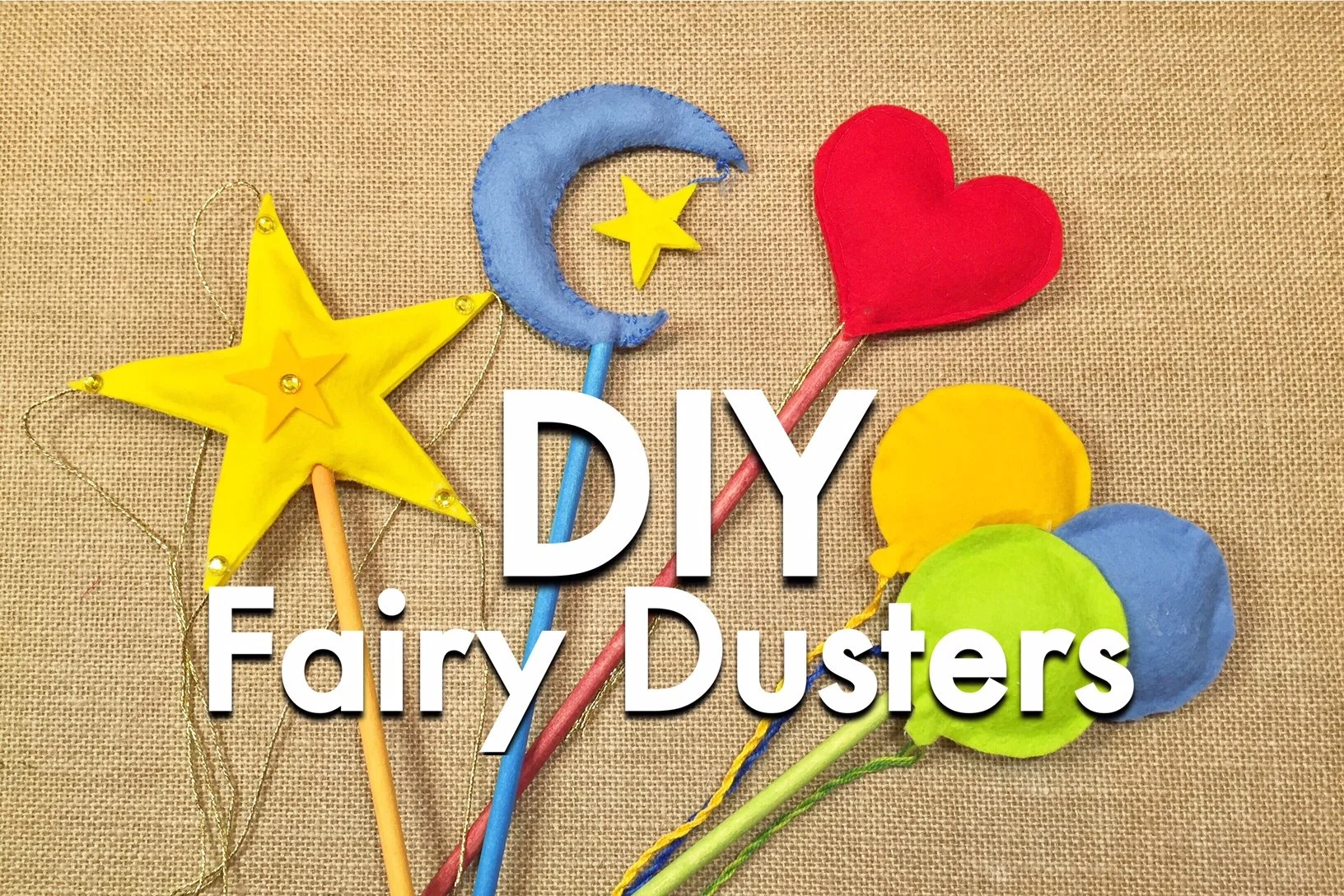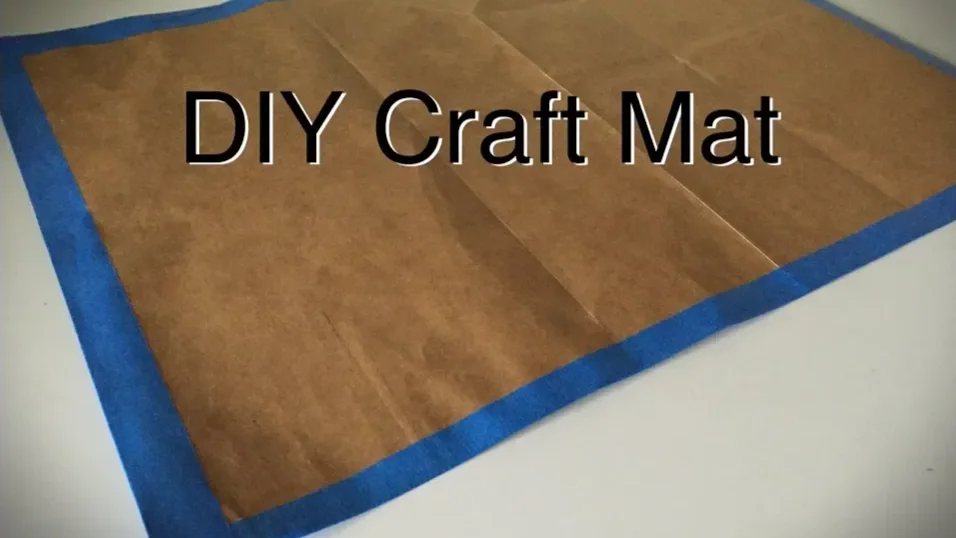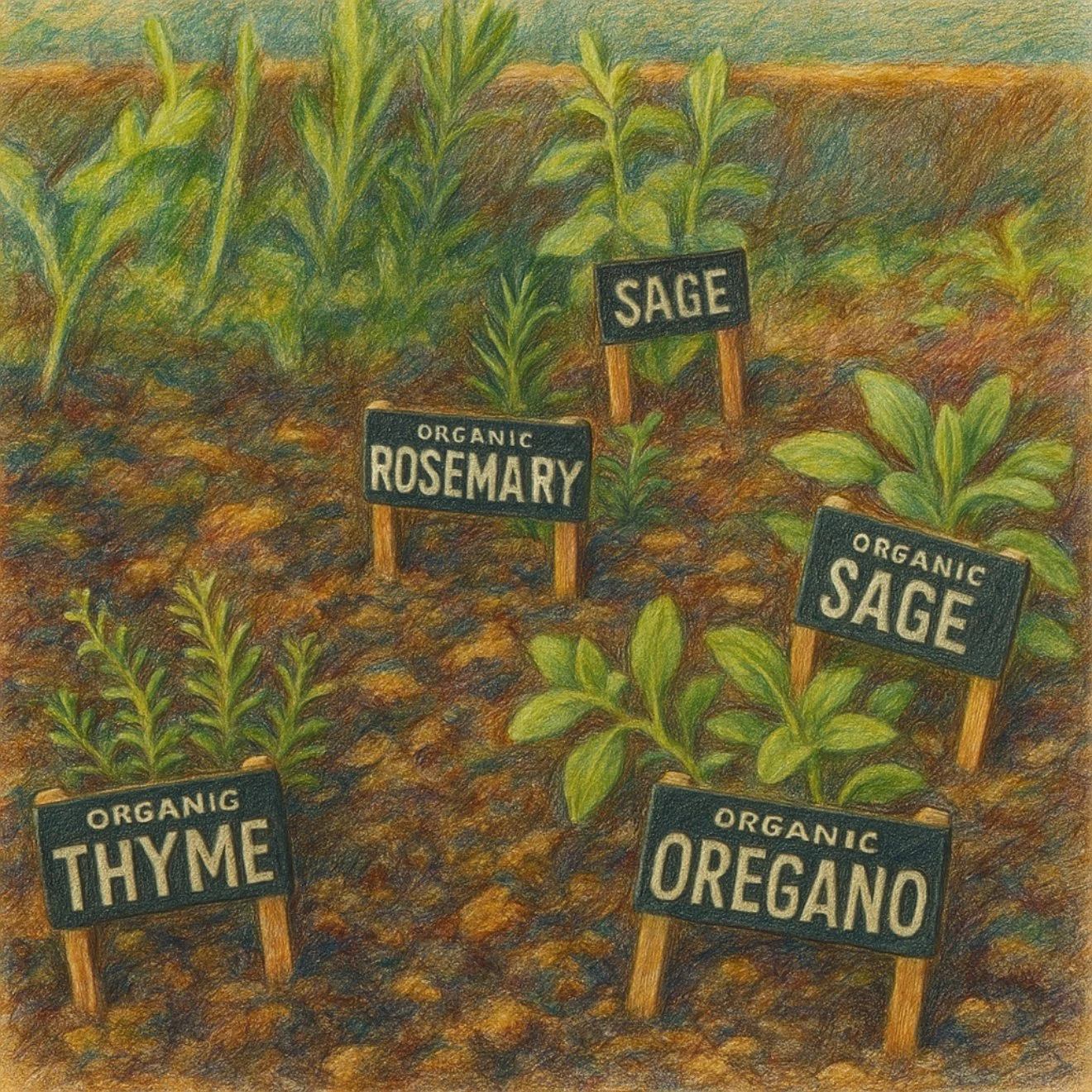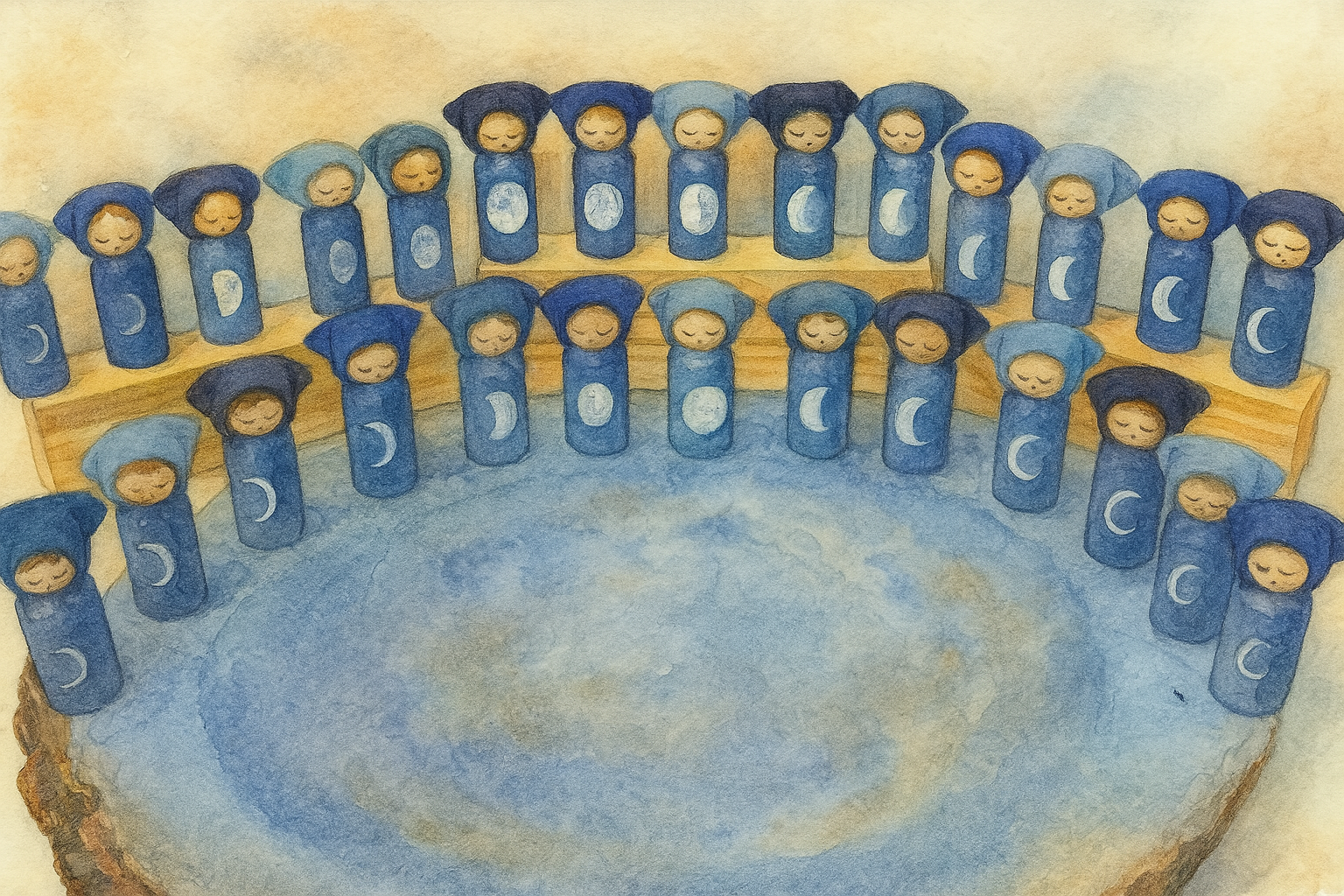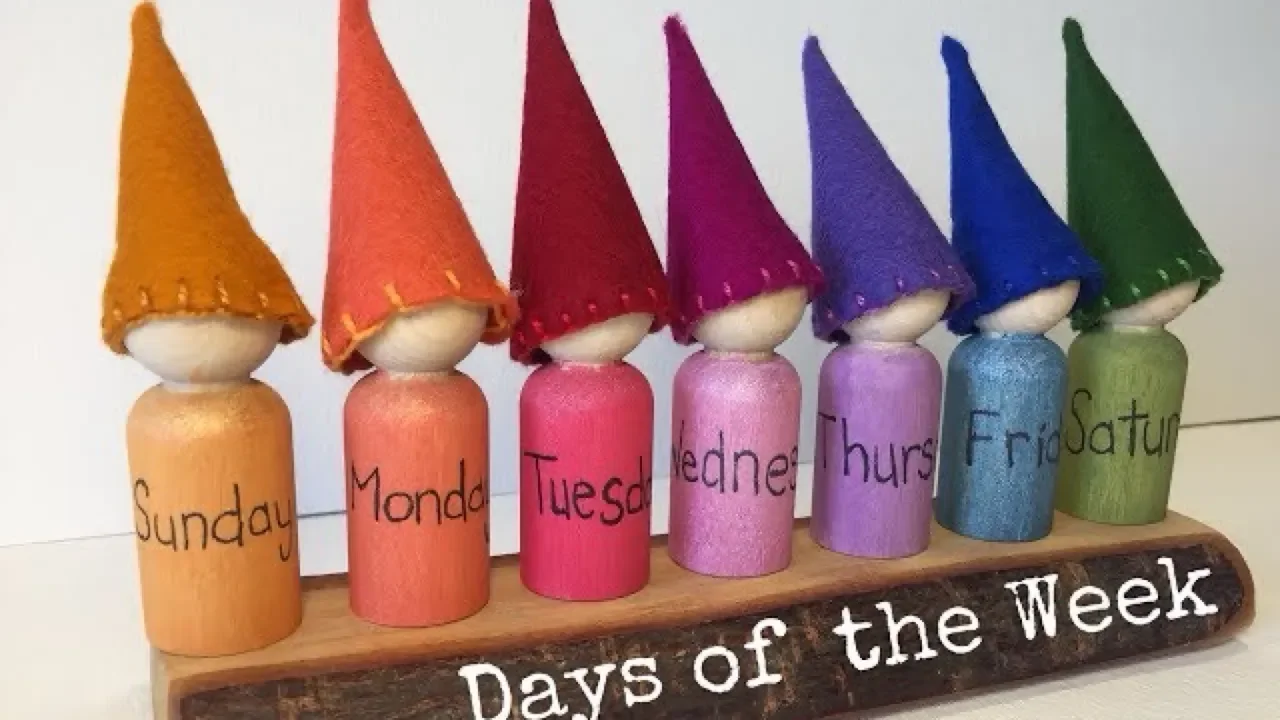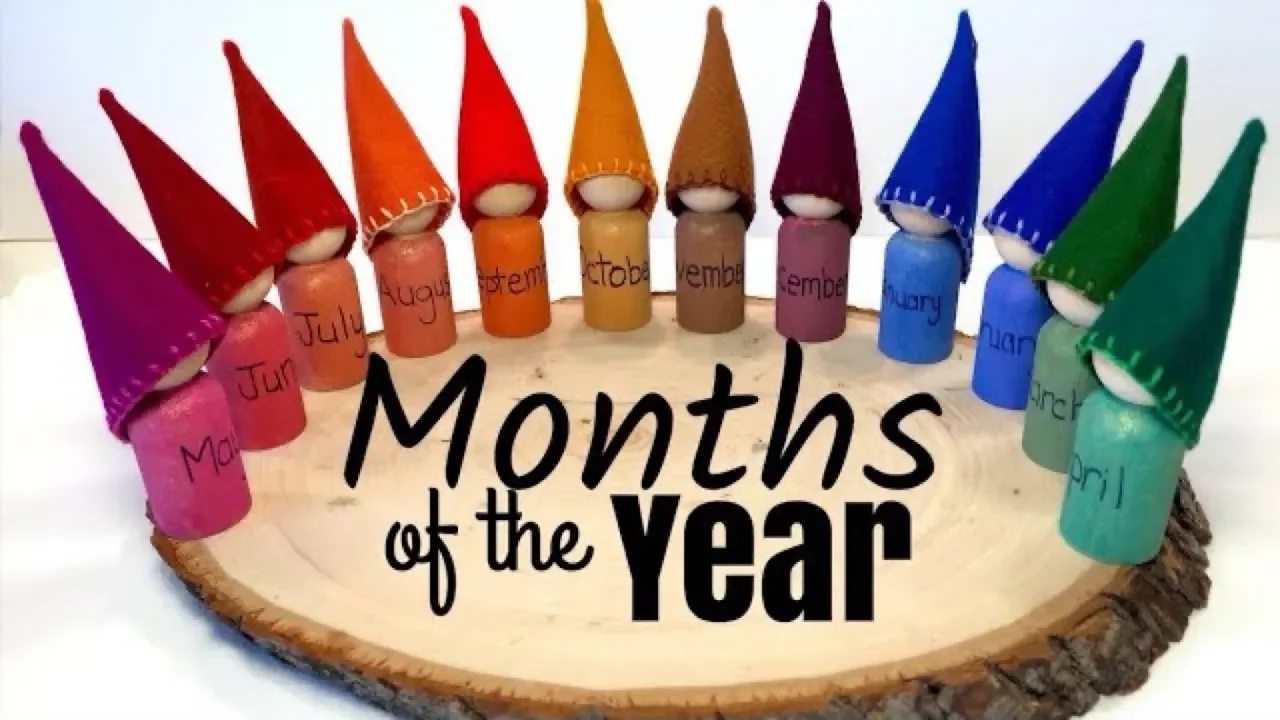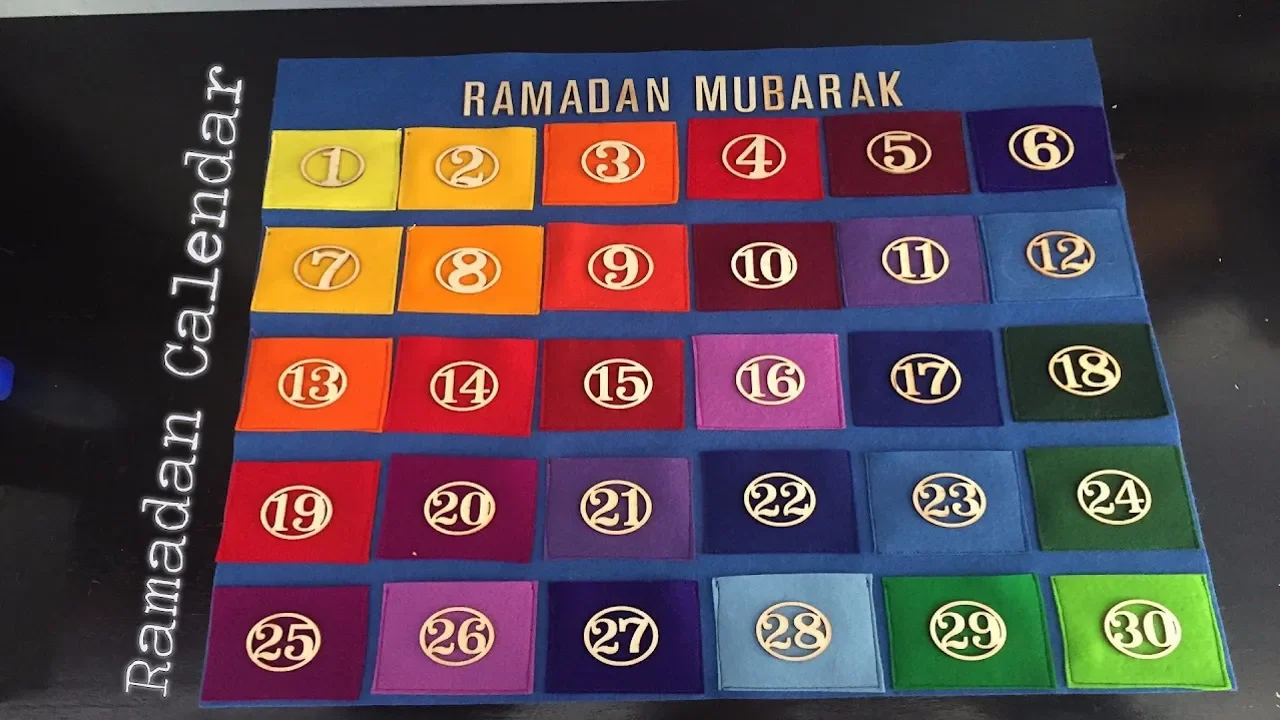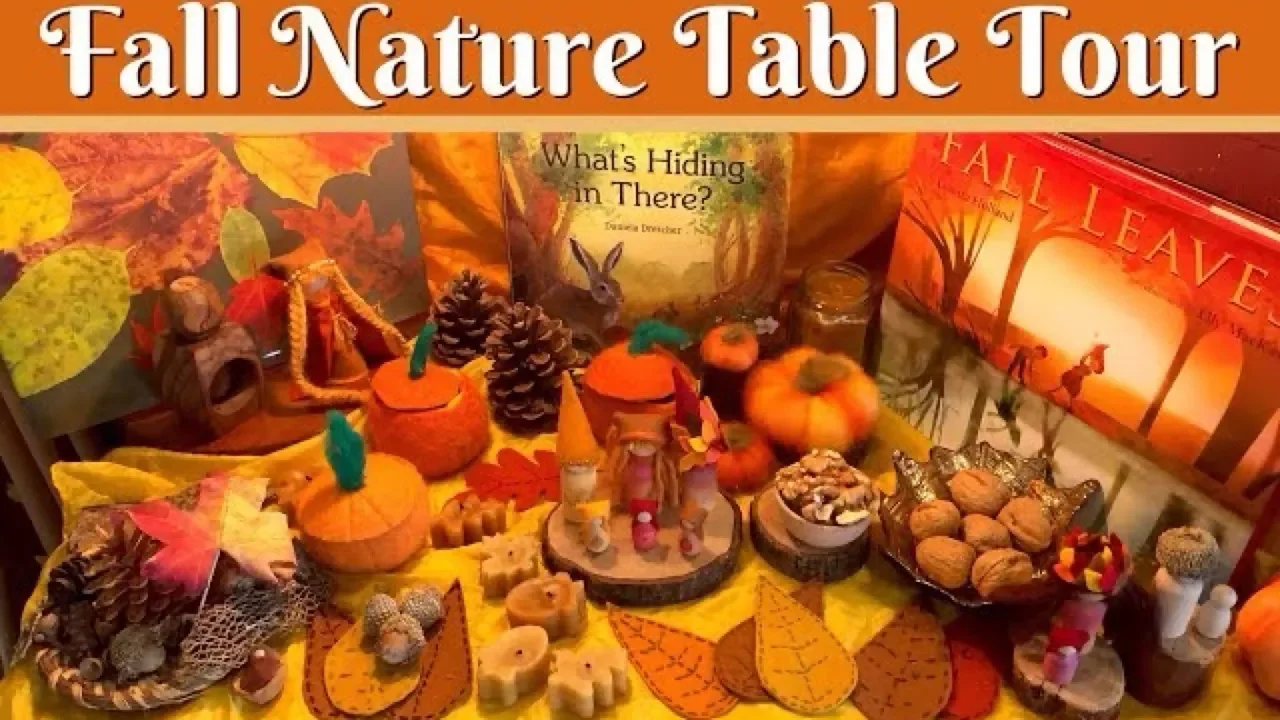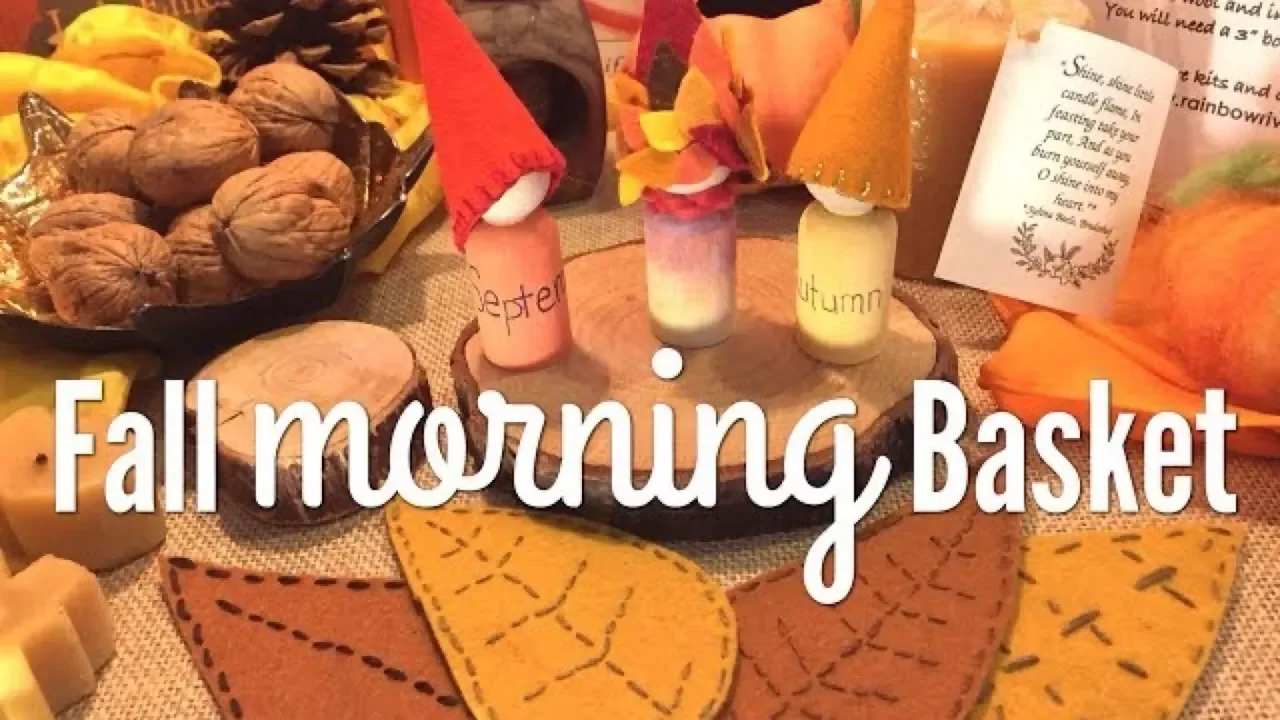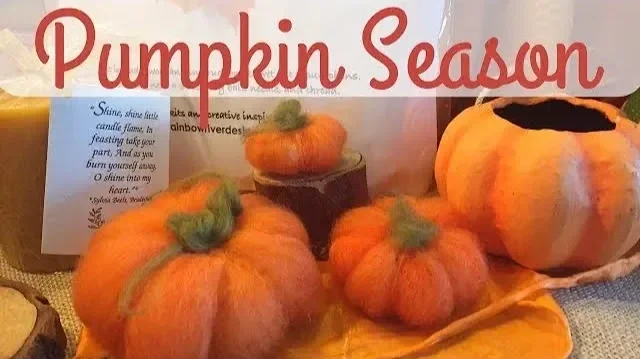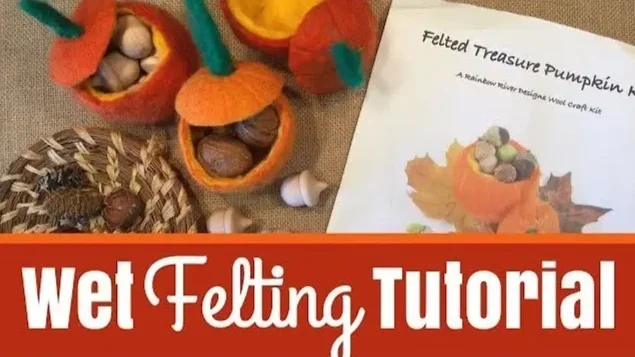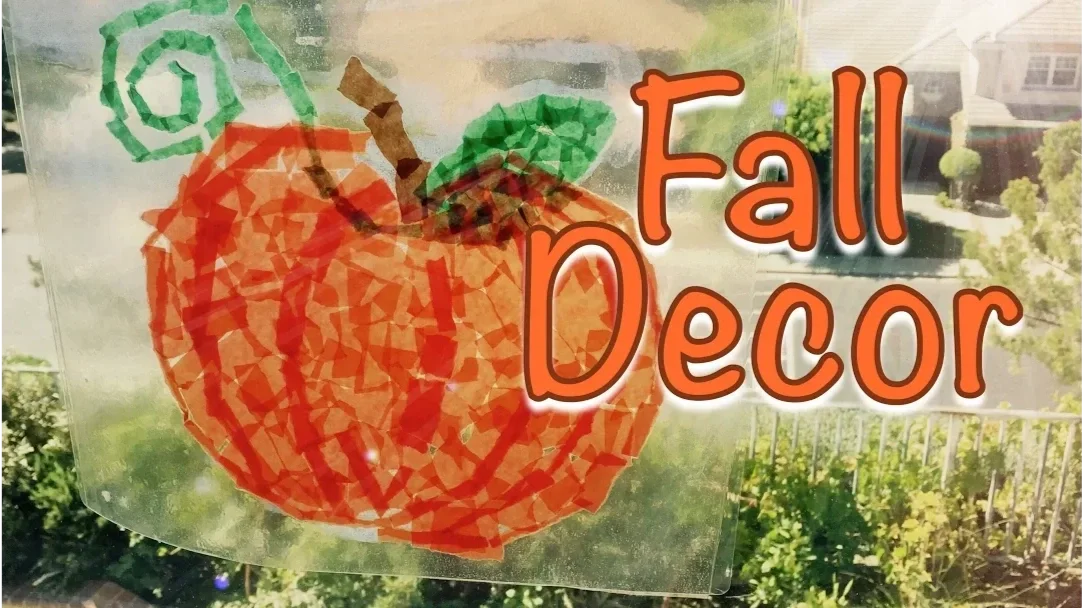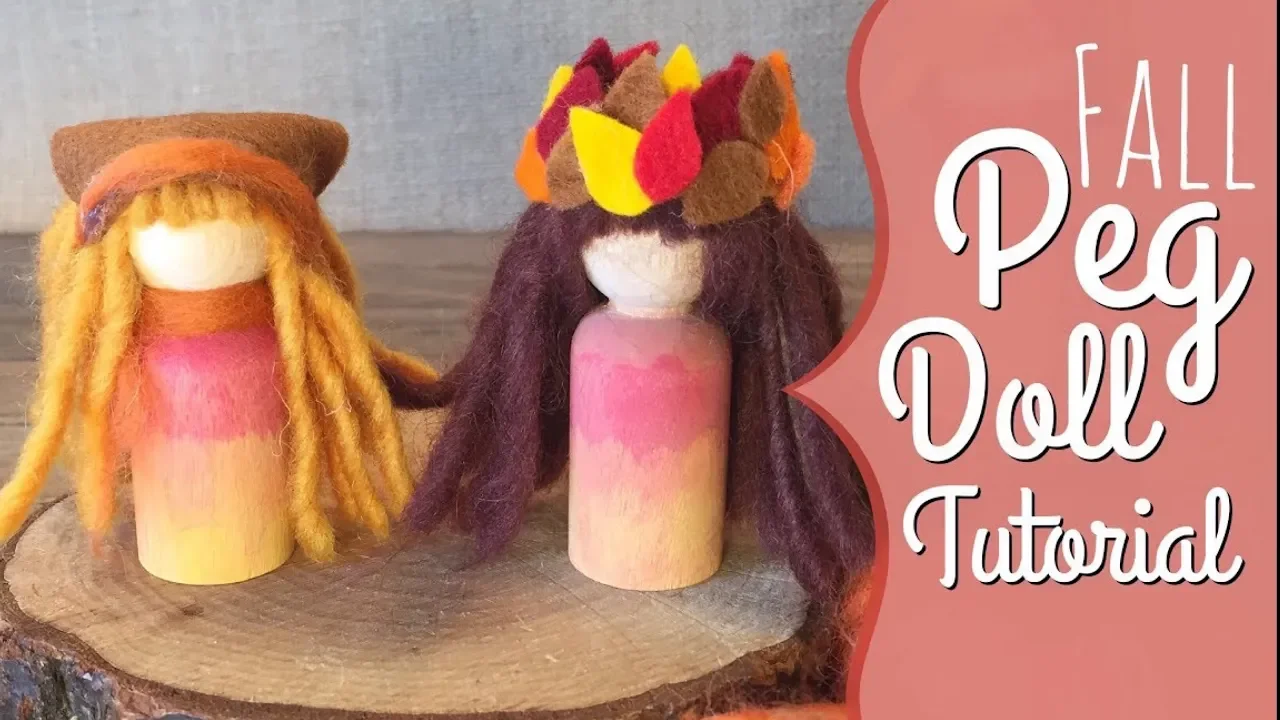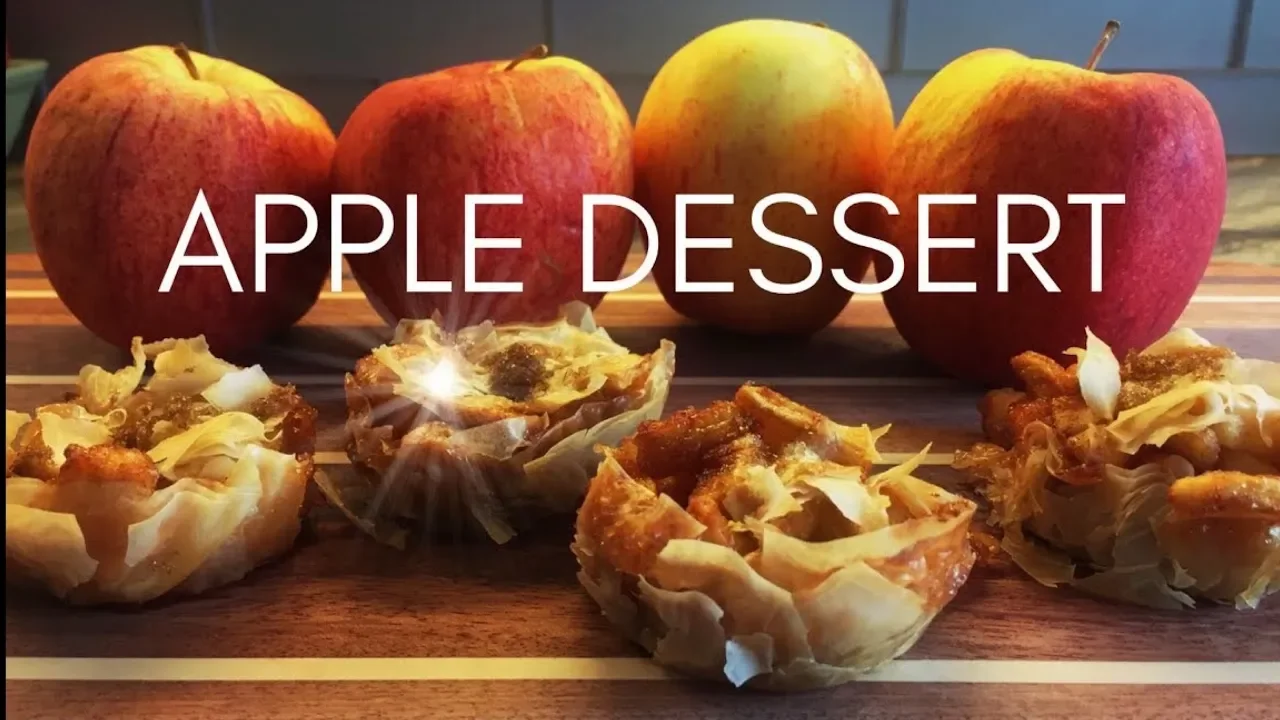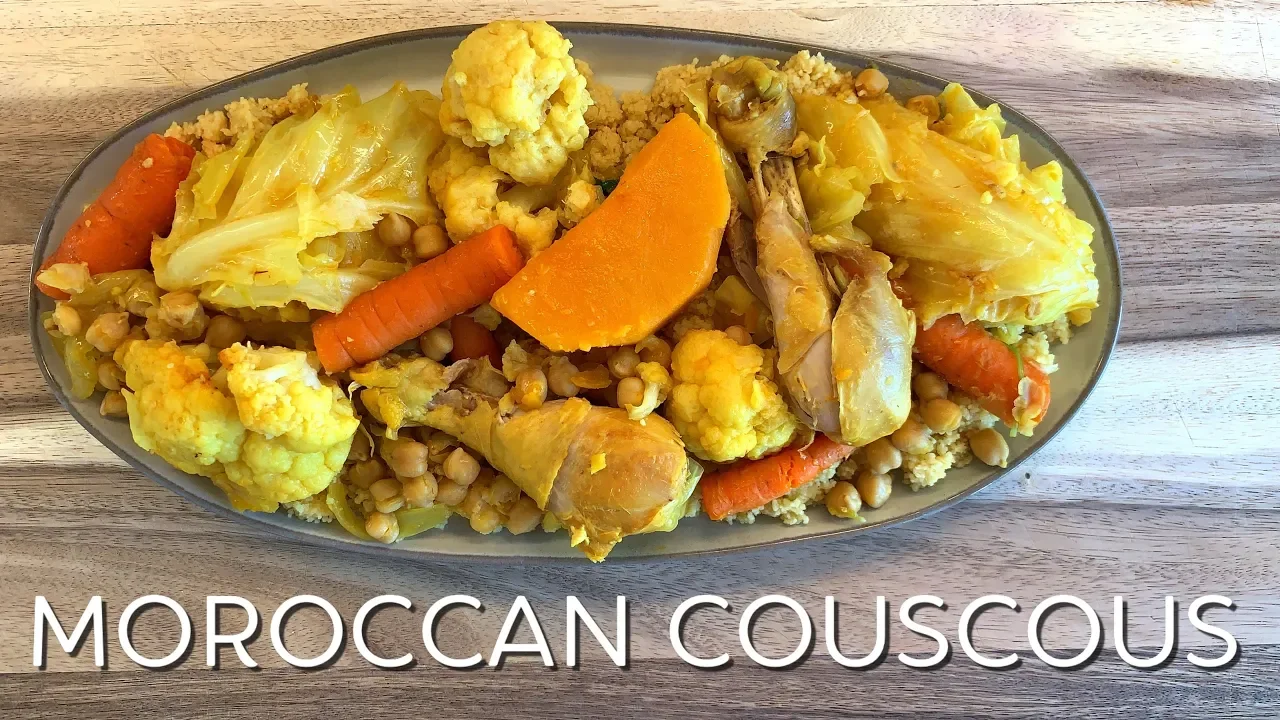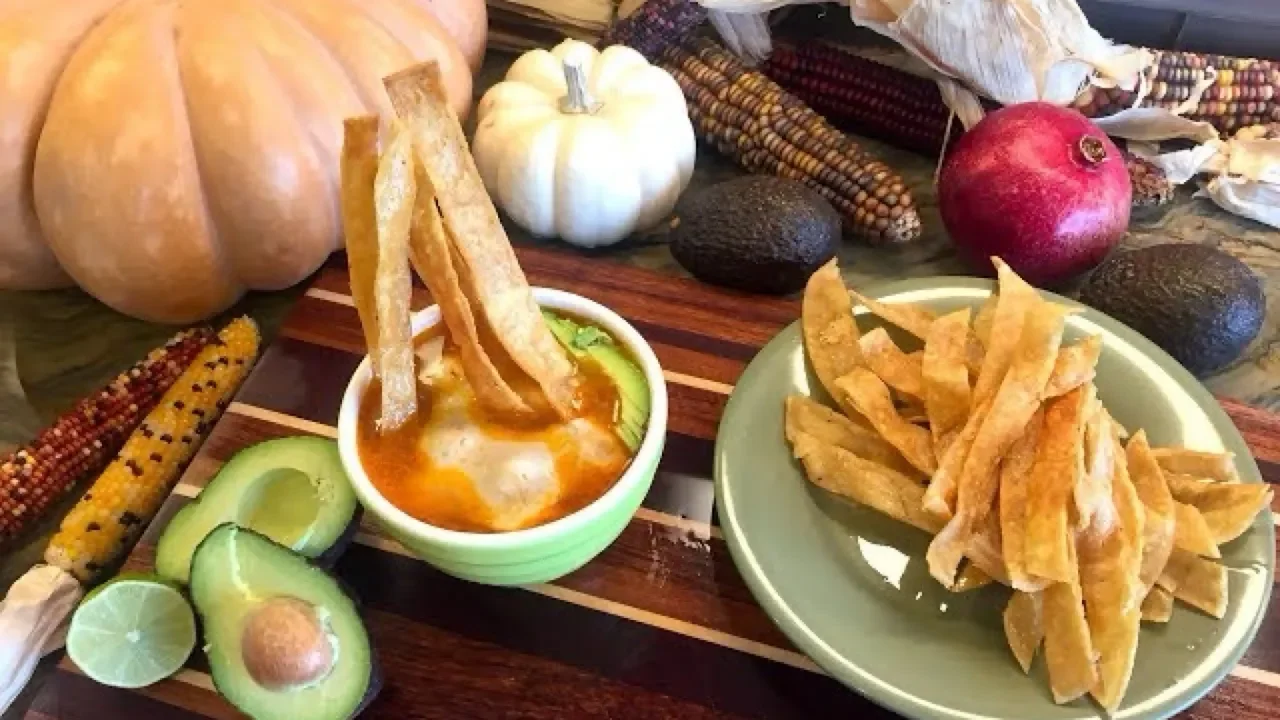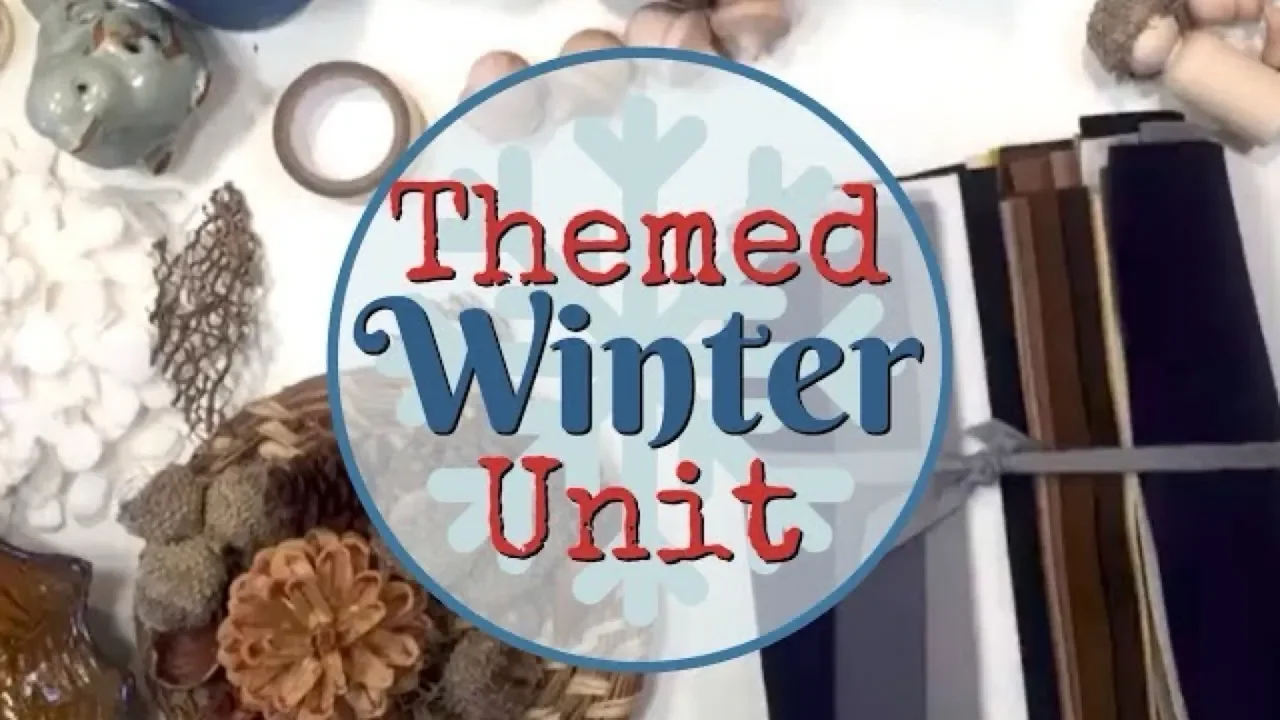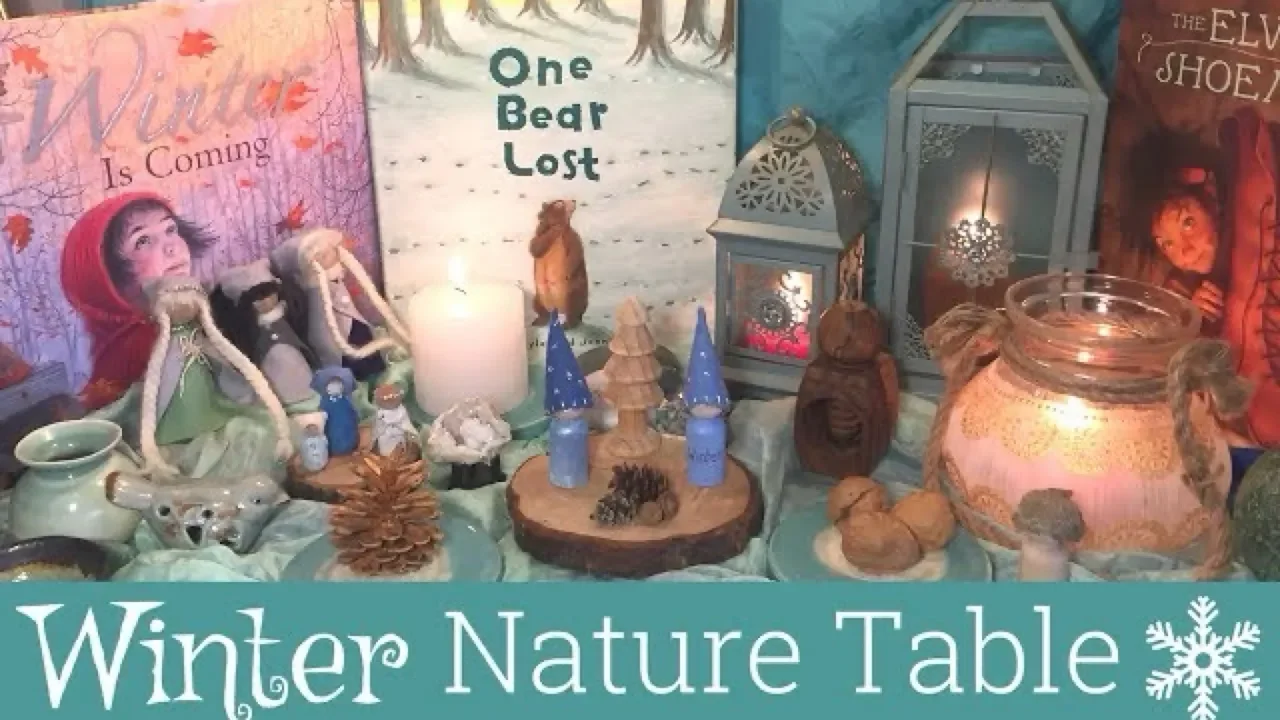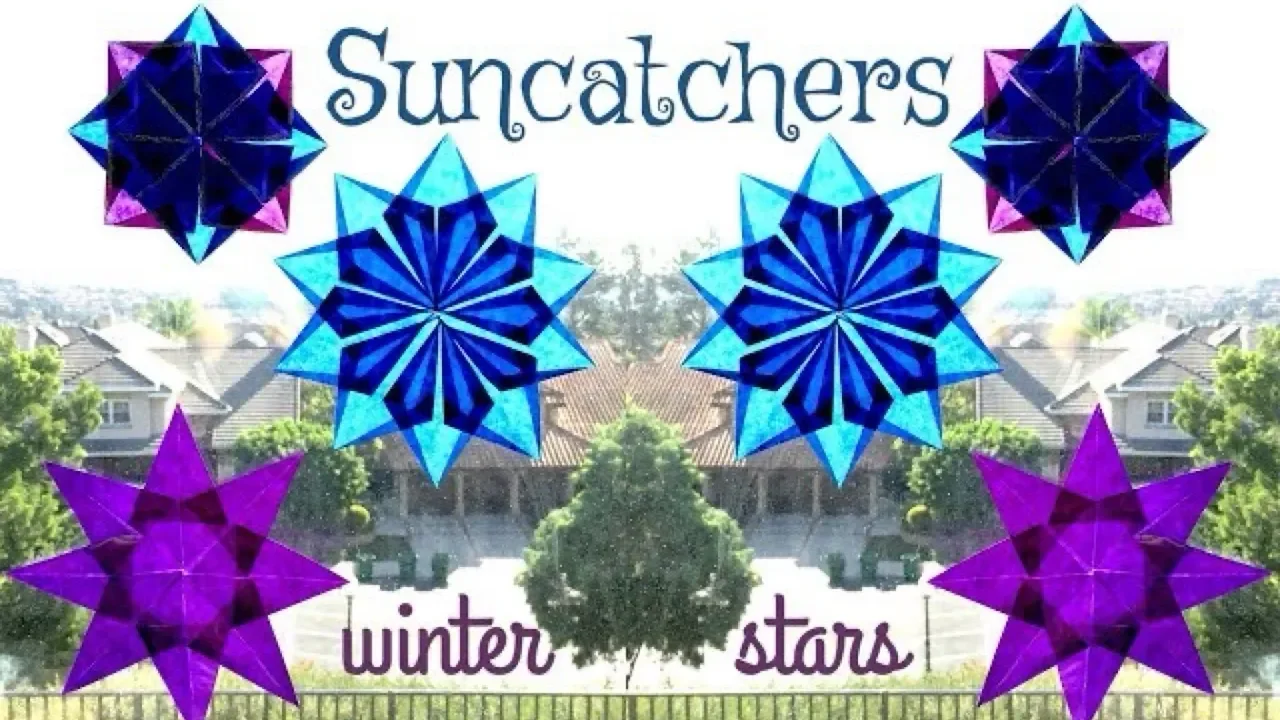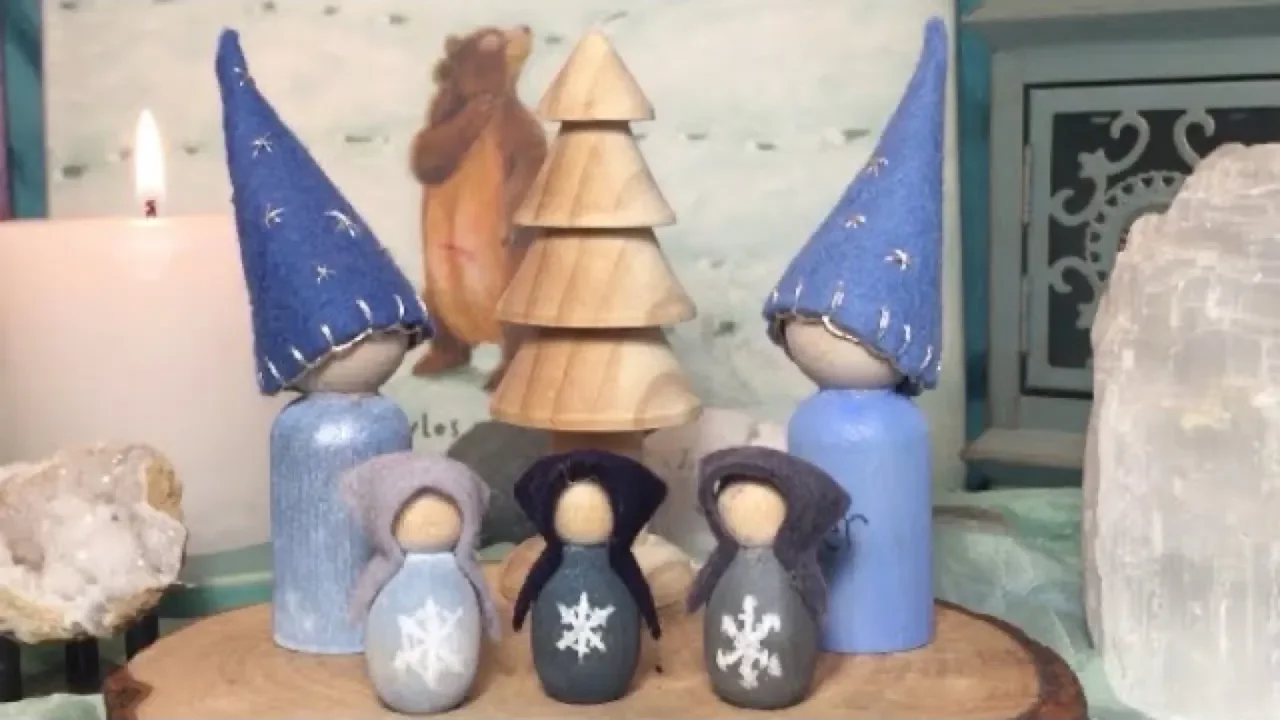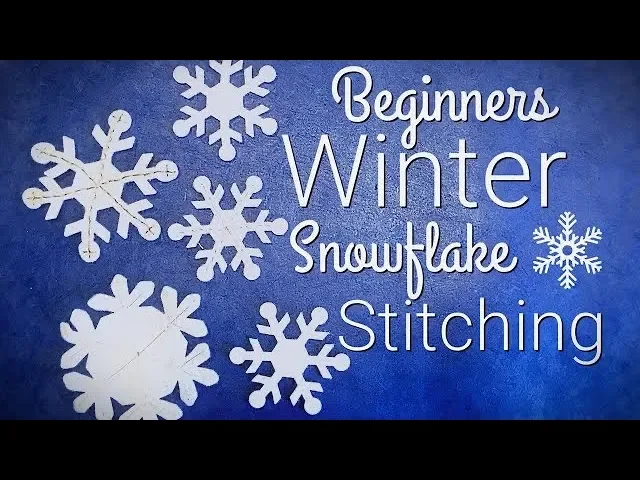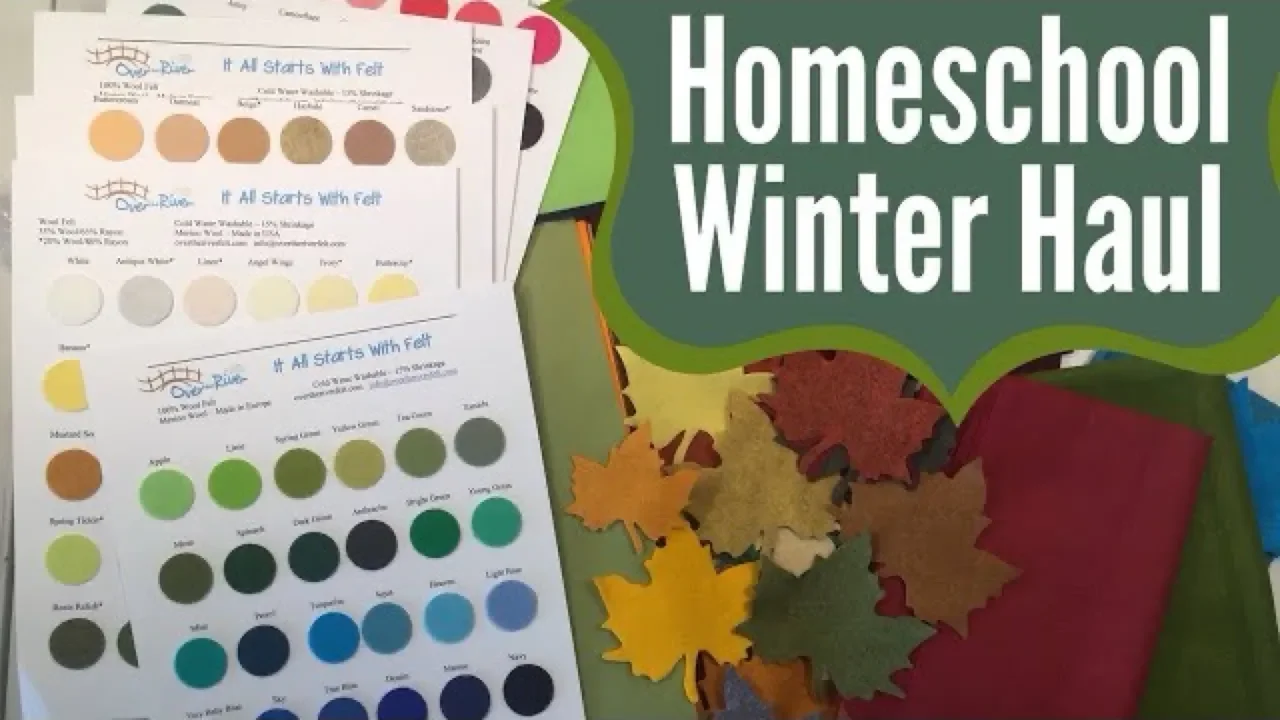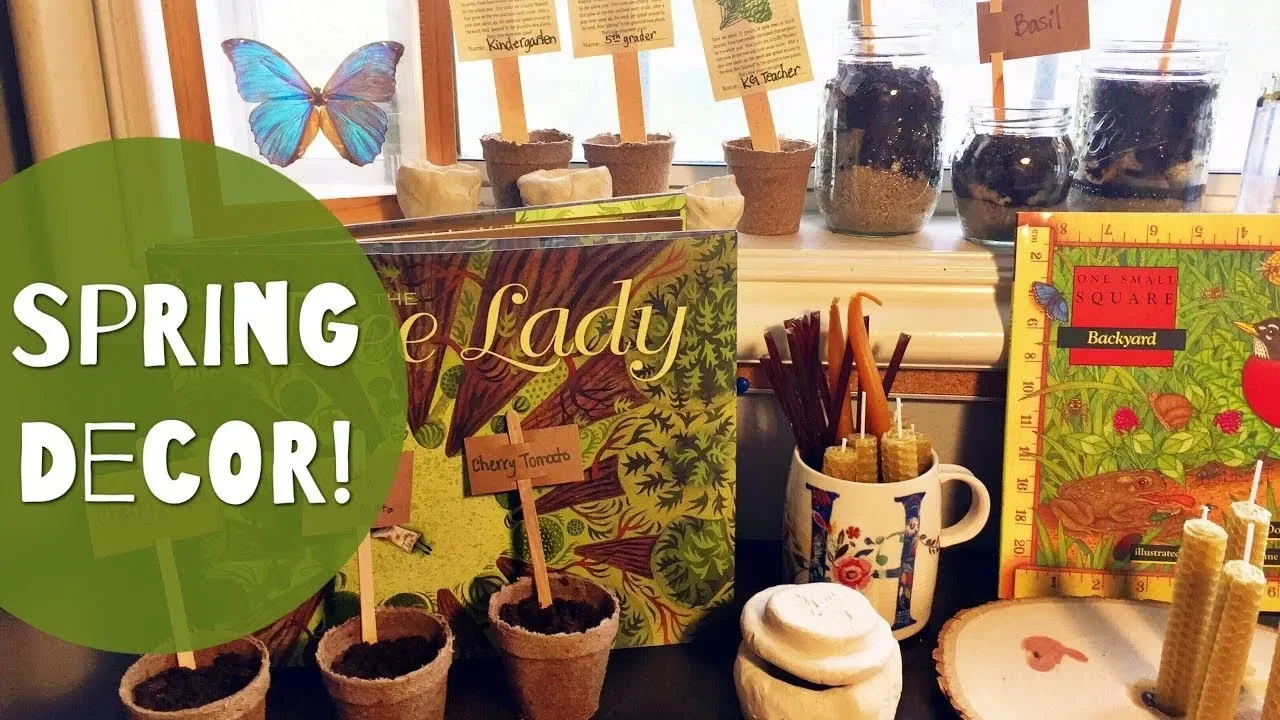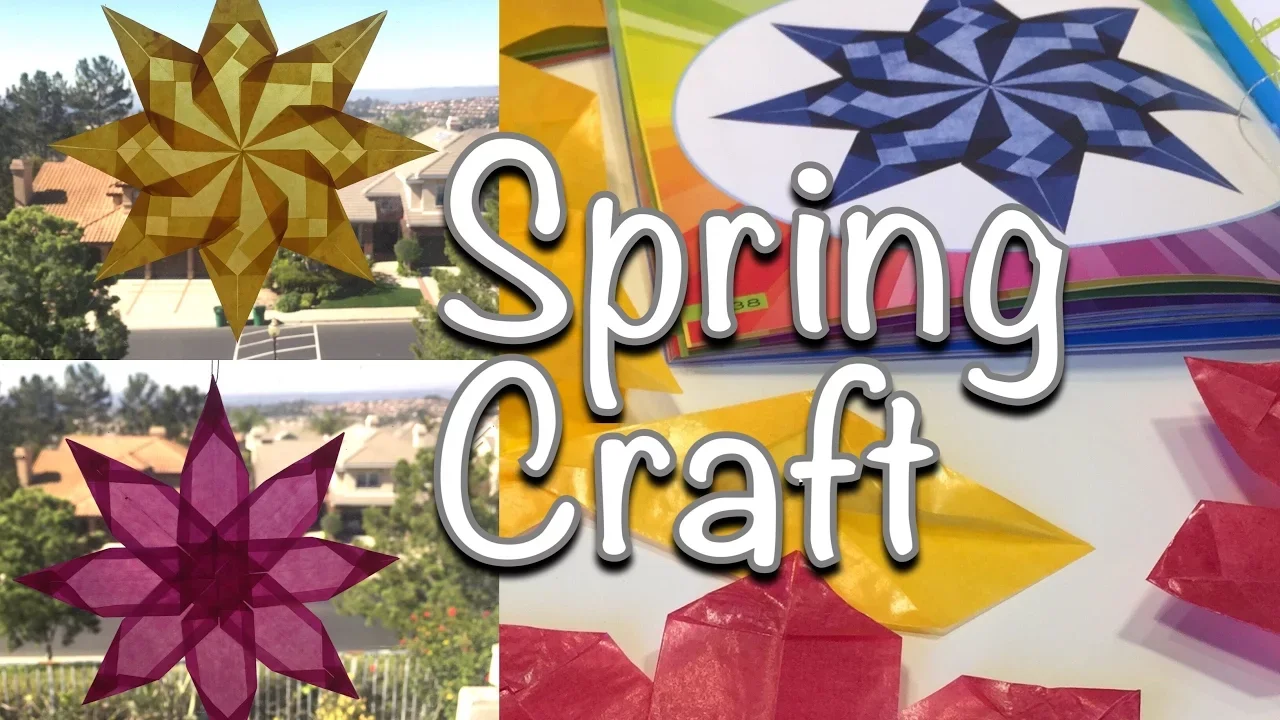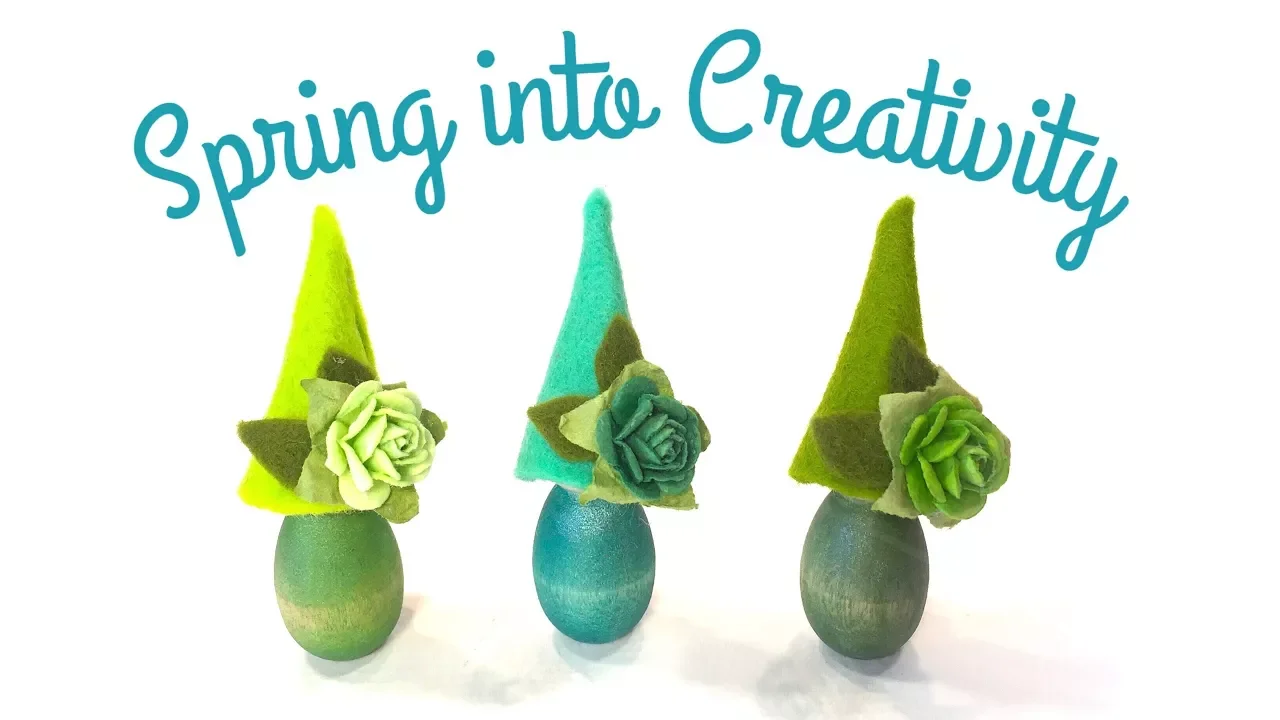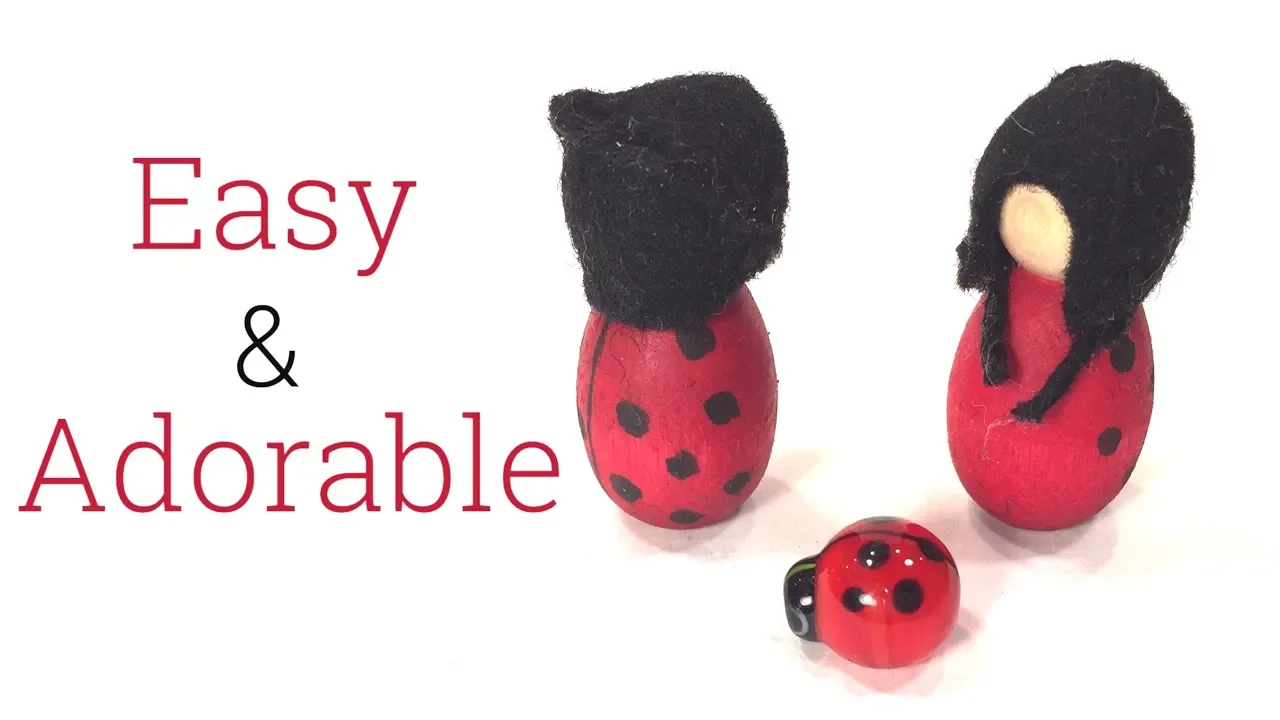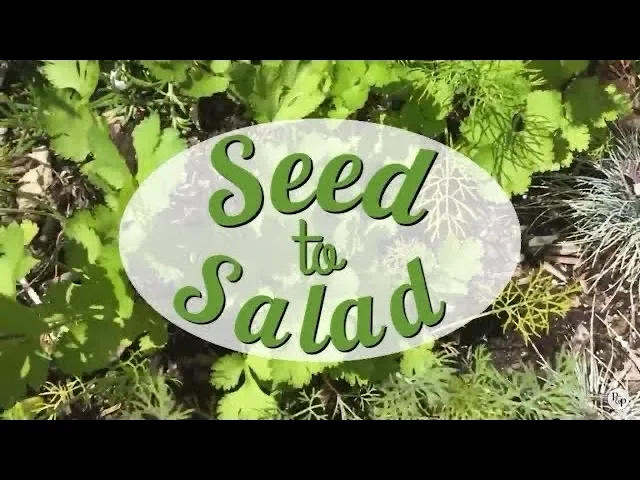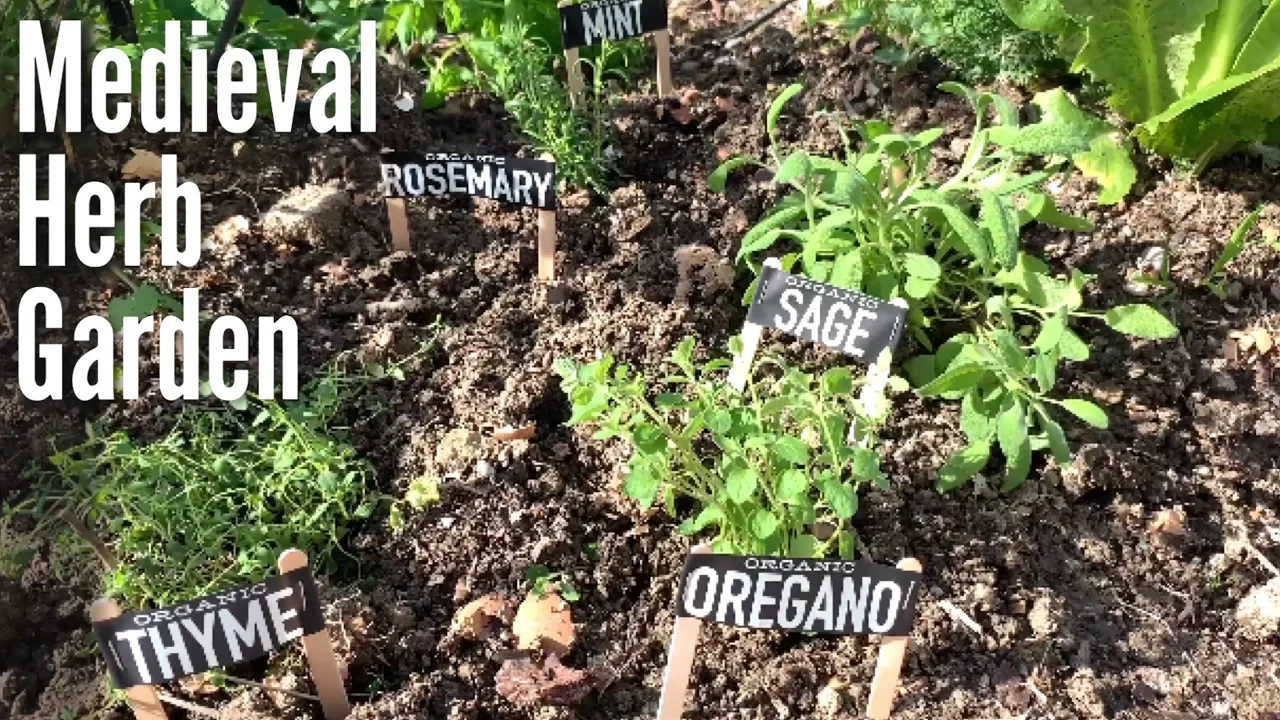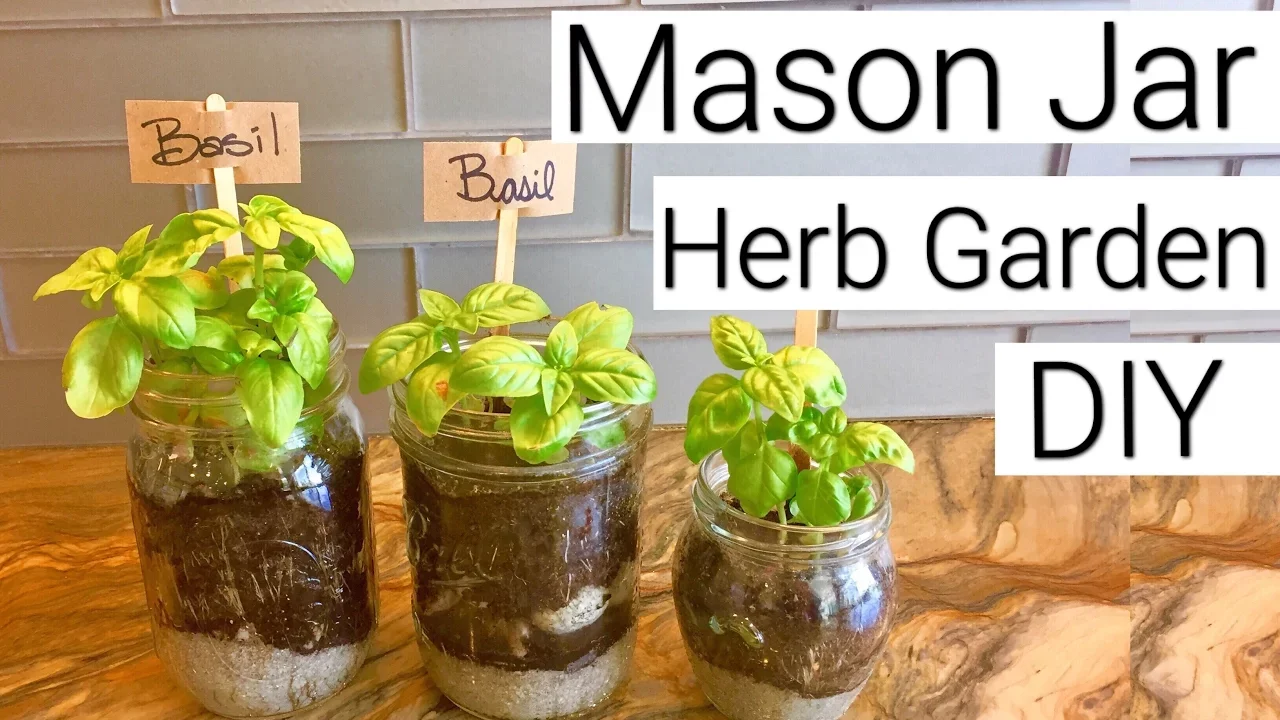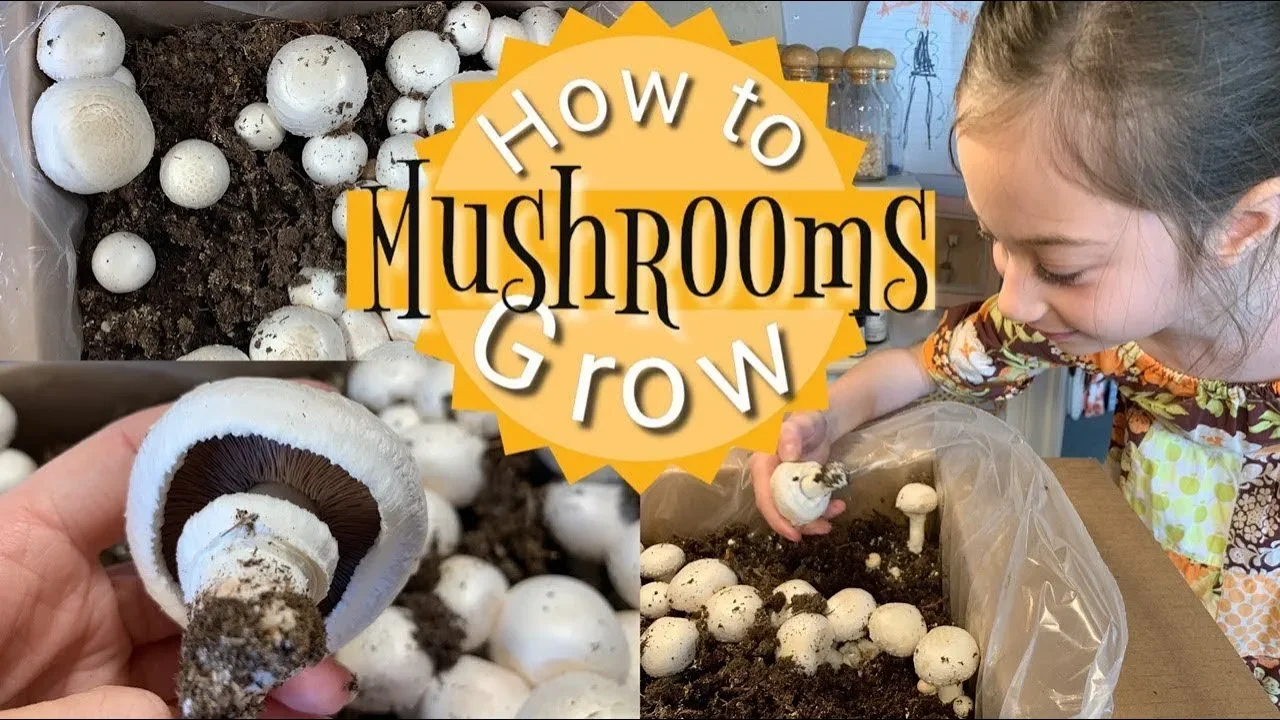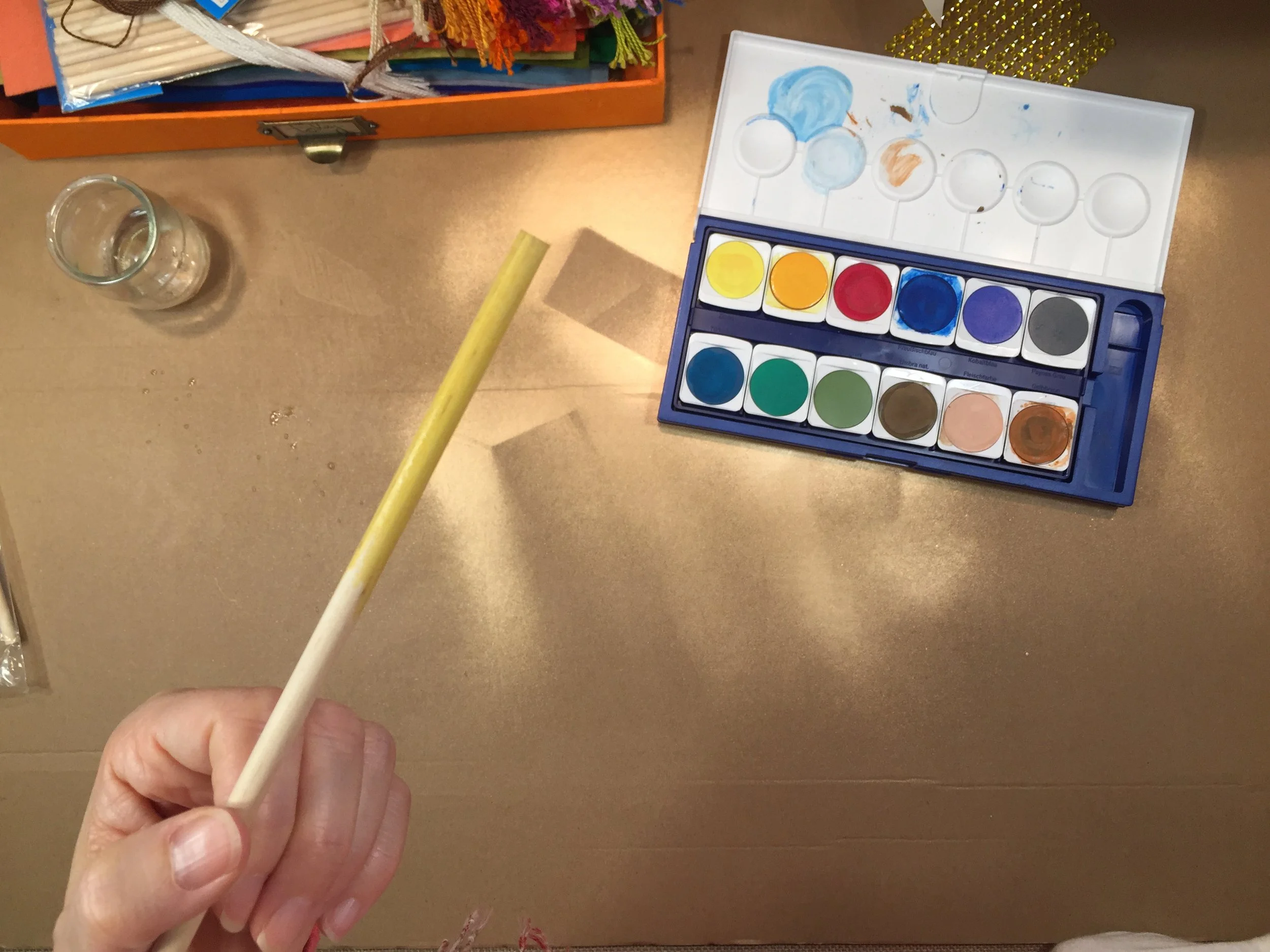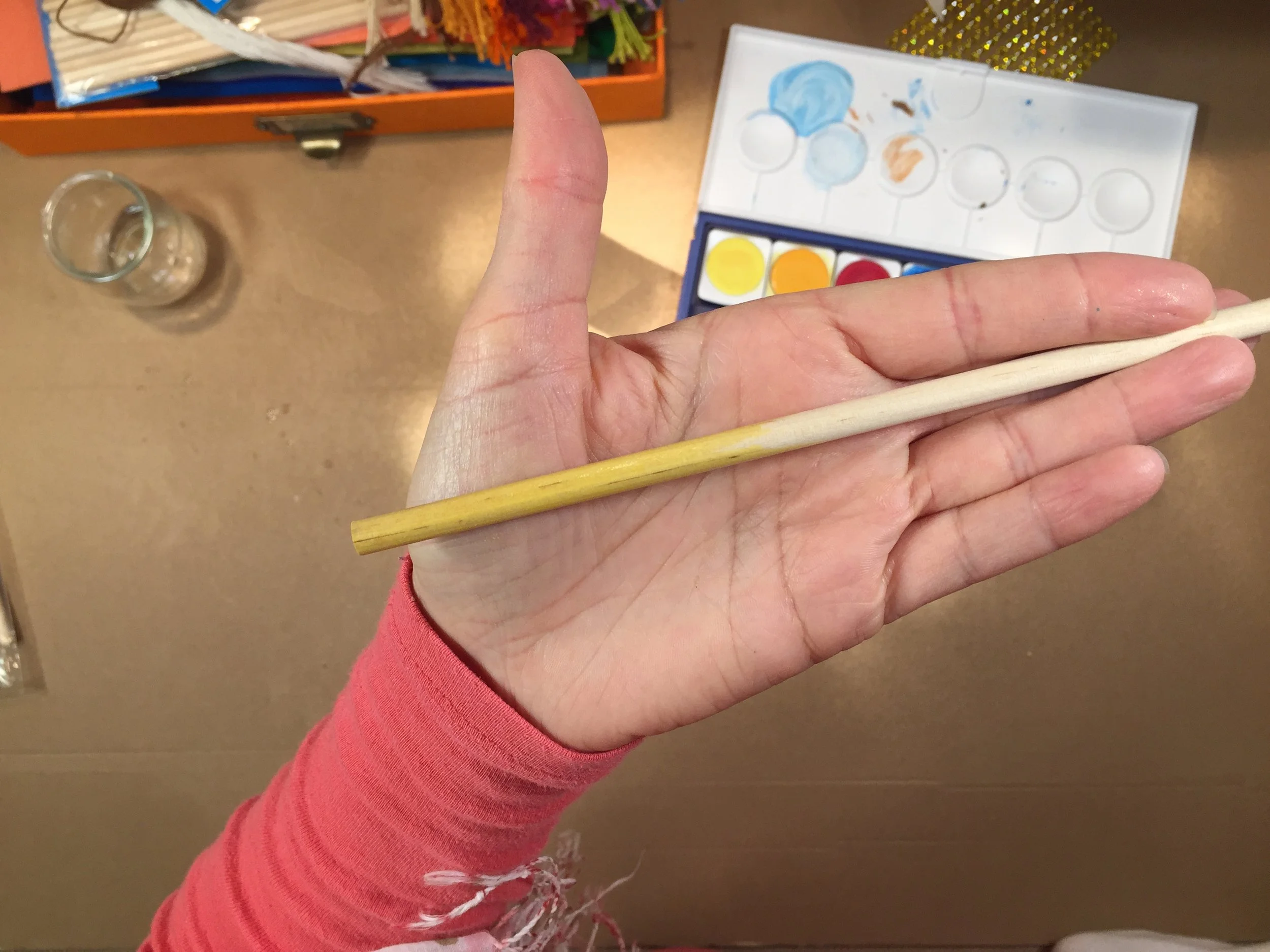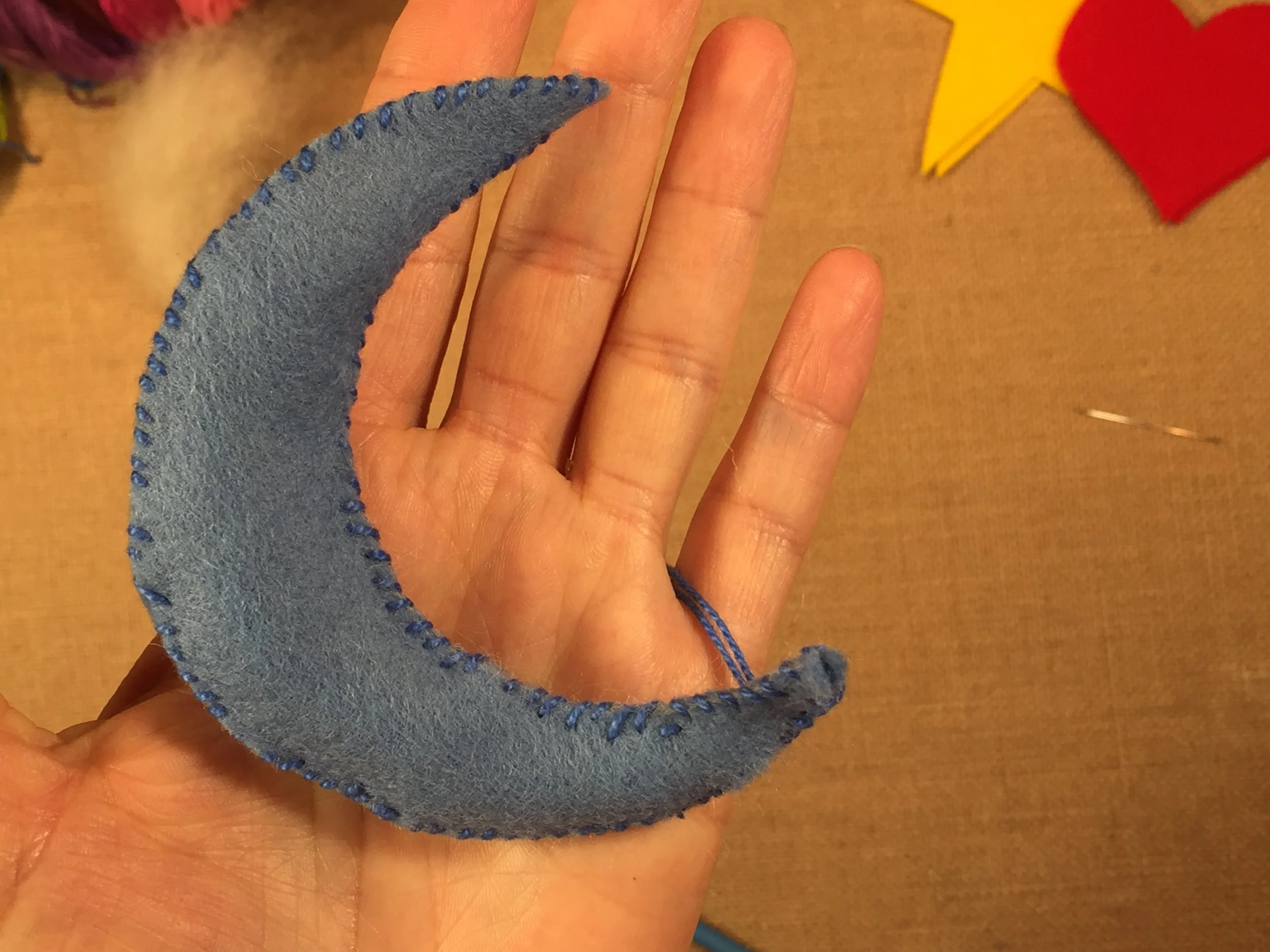Kindergarten | Ages 3-7
The Waldorf Kindergarten
One area of child development that resonates deeply with me is the concept that children ages birth to 7 years learn best through play, movement, imitation and sensory experience. They do not learn best through intellectual instruction. People may say, “but my four-year-old is interested in the alphabet”, or “but a five-year-old can learn how to read”, or “my six-year-old is learning how to write”. There is a significant difference in understanding what a child can do versus what a child should do. Certainly children can learn intellectual based academics at a young age, but is that the best thing for their development? In my opinion, and according to research (showing ‘fadeout’ by mid elementary school, citation below), it is not in line with best pedagogical practices to focus on academics for children under the age of seven or under the age of “age of awareness”. The goal of this first stage of development (birth to age 7) is to protect the child sense of wonder and to strengthen the life forces through rhythm, warmth, and creative play laying a healthy foundation for the rigor of academic learning that will follow in the years to come.
If your child attends a school that keeps these pedagogical practices in mind, such as a Waldorf school or a Montessori school, you’ll see that the classrooms are set up very much like a home. You’re likely to see child sized versions of refrigerators, stoves, sinks, etc. gardening tools, building materials, and other objects typically use by adults for their work or chores. These young children will enjoy hours of pretend play with the familiar household materials, as well as toys, such as trucks, blocks and dolls. Often time, the kindergarten classroom or home environment will have natural materials like wool, cotton or wood and soft warm colors like rose, coral or pink. Creating this feel within the home can be achieved by using natural light, draping silks or other fabric across the windows so that the light is filtered as it comes through and minimizing electronics and plastic toys. Using cloth to cover things that may not support the harmonious imaginative feel of the place space for children is an easy affordable option that was suggested to me years ago. I loved the simplicity of the solution.
Within a home, children will naturally imitate the adults as they do their work. Often times this means children will try to sweep the floor when they see a parent sweeping the floor. Small scale brooms, mops and vacuums and wooden kitchens with ceramic plates are provided so that the imitation may continue even if the parents work is done.
If you are creating this environment for your children for the first time, you may consider using soft colors for the kindergarten environment. Peach, rose, apricot, and coral tones may be used on the walls or furniture or in fabric as these colors reflect the warmth, comfort and closeness of this age group.
Natural materials are always preferred over non-natural materials and natural fibers like wool or wood from the plant and animal kingdom are preferred in the younger years over those from the mineral kingdom like metal or stone. This means that wood, silk, wool, beeswax, wool felt and natural fibers are preferred for toys, play structures, and garments.
When my children were young, I knew how important the sense of smell is in connection to memory. So I always wanted our home to be filled with the smell of good tasting food. Over 20 years later, that goal has been achieved. What’s important is that you choose the goals that you want to achieve with your children. Instead of the smell of food, you may choose to create a sweet smelling environment with the use of a diffuser or candles (be mindful of the fragrances). Or maybe your furniture and accessories are made of wood and your children’s clothing is made from wool or cotton. Or maybe it’s not in what you choose but in what you avoid. Rather than premade snacks with artificial colors, you opt for minimally processed food. Or maybe instead of plastic toys that require batteries you offer for more simple wooden toys and fewer options. It comes down to establishing your values and working towards what’s reasonable and affordable to achieve.
Creating a learning environment that reflects your family’s values may take some time but over the months and years you’ll find something that reflects your personality, your goals and your values
Daily, weekly and seasonal rhythm is quintessential to the kindergarten experience. In a classroom setting, these rhythms are the environment in which habits are formed. These rhythms and habits don’t just help the individual student in their growth and maturity towards self regulation and self discipline but also ensures that the classroom functions as a whole, in unison and harmony. The force of habits prevents burnout and exhaustion by the teacher because the students find comfort in the anticipation and knowledge of what comes next. The movement from one task to another becomes second nature and the energy of the teacher may be used towards teaching and training rather than redirection and management.
The same tips may be used in the home life to create harmony within the home. This can be achieved through regularity of meal times and bedtime, and a routine that can be expected and relied upon.
In many Waldorf schools, and even in Waldorf homeschools, a color or grain of the day often provides a natural rhythm for students to anticipate. There are deep reasonings behind the colors and grain choosen. While we did not follow this tradition, the following may be practiced if this aligns with your values and goals.
Typically Sunday is associated with the color, white, the grain: wheat, and the planet sun. While, the sun is not a planet, it holds clear astronomical significance, and is associated with the “first day of the week”. Monday is the color, purple, the grain: rice and the planet moon. Please note that the moon is not considered a planet in the astronomical sense, but in the ancient sense, it was “one that wondered in the sky” hence the moon is associated with Monday. Tuesday is the color, red and the grain: barley and the planet Mars. Wednesday is associated with yellow, the grain: millet, and the planet Mercury. Thursday is orange, the grain: rye and the planet Jupiter. Friday is green, the grain: oats, and the planet Venus. Saturday is blue, the grain: corn and the planet Saturn.
Daily rhythm can be achieved in the home setting or in the homeschool setting. While we did not participate in morning circle, often times morning circle is what starts a school day. It’s a time for singing, verses, movement games, storytelling and fingerplays. While it is a great way to bring cohesion to a classroom, you may find that doing circle time with only one or two children does not have the same unifying effect as circle time with more children. What’s nice about circle time even with one or two children is the opportunity to look at your children during storytelling or movement games. Often times my children would play when I would tell stories or read books, or they would sit on my lap. We often missed that eye contact but made up for it with physical contact. After morning circle, children love ample time for free play. Free play is incredibly important for the child up until age 9 or 10. Indoor imaginative play or outdoor open-ended play is essential for brain development, gross and fine motor development and overall well-being for the child.
While artistic work like watercolor painting or beeswax modeling is highly encouraged in kindergarten, I found that my children preferred these activities when they were a little bit older. Other activities like gardening, finger knitting, and baking are highly enjoyable for young children. You may need to appropriate extra time for preparation and clean up when children are involved in gardening, baking or watercoloring or any activity really. Story time is a favorite of young children. While we reserved storytelling and read alouds for bedtime when the children were very young, we often read aloud throughout the day when the children were a bit older and very often as the children grew. Read alouds are not a typical Waldorf practice, but it is one that we did often. Children may enjoy outdoor play at any time of the day, but I find out a lot of children especially enjoy it in the afternoon between lunch and dinner. I do remember one friend whose child needed outdoor free play first thing in the morning if he was going to do any school. She would offer a long play period before school to ensure they had a smooth day.
A sample weekly rhythm for kindergarten may be Monday: painting, Tuesday: baking, Wednesday: coloring or handcraft, Thursday: movement activities or eurythmy, and Friday: soup day and outdoor play.
Yearly and seasonal rhythm is just as important as daily and weekly rhythm. It’s also important to know that your environment and location play an important part and how you interact with the seasons. In Southern California, our winters are mild and lend themselves well to outdoor activities. In some places, the summers can be scorching hot and unpleasant, and some families have chosen to homeschool in the summer and take the entire winter season off. While homeschoolers are afforded more flexibility in this respect, finding something that works for your family, even if it is not conventional means that you would be able to do things that are representative of your family values and goals and align with your environment and weather.
Festivals are very important in the Waldorf pedagogy. We only practiced our religious holidays, which meant that we often did not participate in the festivals that are commonly associated with Waldorf schools. If you choose not to participate in seasonal activities and festivals, you may choose to create family traditions that can be enjoyed seasonally or yearly.
The Waldorf kindergarten does not have a formal curriculum nor formal academics. But you will see much practical work in the way of baking, cleaning, gardening, mending, sweeping and more. Artistic work will include watercoloring, modeling, and seasonal crafts. Imagination is the cornerstone of the Waldorf kindergarten. Children enjoy plenty of indoor and outdoor play that is open-ended and filled with imagination. Remember that imagination equals thinking, often deep thinking. The cognitive skills developed through imaginative play are those which will develop into critical thinking skills post puberty.
Nature walks, tending gardens and observing animals in their natural habitat either farm animals or wild animals like bunnies, birds or squirrels is how children first form their relationship with the natural world that will later be developed in the sciences of middle school. You’re not likely to find a stack of books that are going to be read aloud by the teacher in the kindergarten. But you will find stories being told from memory. Fairy Tales, nature stories, folk songs, circle games, seasonal verses and poems are often included throughout the day and especially during circle time.
The Waldorf kindergarten aims to strengthen the will forces, develop sensory integration and cultivate reverence and imagination. The Waldorf teacher is a model not an instructor, and the focus of the teacher should be on her personal development so that she may embody a calm presence that can help guide the children in purposeful activity and genuine reverence for the world around. The teacher is an example for the students to imitate. Children often love and trust their teacher deeply. In the home environment there is no distinction between mother and teacher. She is one.
According to a 2021 MDRC brief, two major studies found that while preschool boosts early academic skills, many of those gains fade by third grade (MDRC, 2021).

Kindergarten
Waldorf Kindergarten Curriculum
This video covers the four season books that are included in the Waldorf Kindergarten curriculum from Live-Education.
We use the Live-Education Waldorf curriculum as inspiration for grades K-8th. Today, I'm covering three of the seven books that come in the KG curriculum: Folk and Fairy Tales, The First Seven Years and Introduction to KG. You can find the curriculum and more pictures at Live-Education's website.
The other four books: autumn, winter, spring, and summer are covered in another video.
Waldorf Kindergarten Curriculum | Seasons
This video covers the four season books that are included in the Waldorf Kindergarten curriculum from Live-Education.
We use the Live-Education Waldorf curriculum as inspiration for grades K-8th. Today, I'm covering three of the seven books that come in the KG curriculum: Folk and Fairy Tales, The First Seven Years and Introduction to KG. You can find the curriculum and more pictures at Live-Education's website.
Folk and Fairy Tales, The First Seven Years and Introduction to KG.
Kindergarten
Seasons
Calendar & Seasonal
Autumn Crafts & Activities
Winter Crafts & Activities
Spring Crafts & Activities
Gardening

Kindergarten
Waldorf Kindergarten Curriculum | Seasons
This video covers the four season books that are included in the Waldorf Kindergarten curriculum from Live-Education.
We use the Live-Education Waldorf curriculum as inspiration for grades K-8th. Today, I'm covering three of the seven books that come in the KG curriculum: Folk and Fairy Tales, The First Seven Years and Introduction to KG. You can find the curriculum and more pictures at Live-Education's website.
Folk and Fairy Tales, The First Seven Years and Introduction to KG.
In a Waldorf curriculum, the day follows a rhythm as does the week and the season. Each day of the week is devoted to a grain, color and activity, for instance Monday's color is purple and the grain in rice. Washing and cleaning dominate Monday's activities, while Tuesday's color is red and the grain is oats. Tuesday's breakfast may be oatmeal topped with red strawberries. Tuesday's activity may be bread making or soup making. Each week the same pattern is repeated, but instead of strawberries, raspberries top the oatmeal. When the seasons change, so do the activities and celebrations. May Day, singing, outdoor activities and gardening dominate spring time, while candle making, baking and holidays dominate the winter.
Toys are simple and made of natural materials with wool being preferred over cotton and wood being preferred over metal. There is a tendency towards items made from living things over non-living things, so wool is from a sheep while cotton is from a plant and wood is from a tree while metal is inorganic. Plastic is highly discouraged. Natural light is favored over artificial light and candle light is preferred over oil, as candles are made from beeswax. Colors are natural and derived from plants.
Playthings include but are not limited to silks, faceless dolls (allows for greater imagination), wooden toys and blocks, wooden or felt swords and shields, child-sized versions of tools such as broom, mop, ironing board, kitchen, garden, wood shop, etc. and other dolls like finger puppets or peg dolls.
Activities and play time are open ended and lend themselves well to creative imagination. Art is focused on water-coloring and drawing with block crayons in yellow, blue and red on large pieces of paper or watercolor paper (typically 22"x17"). High end supplies are always encouraged and are a staple to the Waldorf philosophy.
No academics are present in kindergarten.
Festivals and celebrates mark important milestones in the world of five and six year olds.
Some books I recommend:
Children and Their Temperaments by Marieke Anschutz
Storytelling & The Art of Imagination by Nancy Mellon
Healing Stories for Challenging Behavior by Susan Perrow
You Are Your Child's First Teacher by Rahima Baldwin
The Education of the Child by Rudolf Steiner
The Kingdom of Childhood by Rudolf Steiner
The following are the materials we got from A Child's Dream:
Art Tissue Paper -
Stockmar Beeswax Crayons - 16 Colors, Block -
Stockmar Beeswax Crayons - 16 Colors, Stick -
Beeswax Candle Rolling Kit -
Wood Cup (4) -
Wood Egg (6) -
Olive Wood Nutcracker -
Paint Jar Holder & 6 Jars -
Crafts Through The Year by Berger -
Holland Wool Felt Warm Colors, Yards + Cuts -
Holland Wool Felt Cool Colors, Yards + Cuts -
Holland Wool Felt Neutral, Baby Colors, Yards + Cuts -
Stockmar Modeling Beeswax - 12 Colors -
Come Follow Me CD - Volume One -
Come Follow Me CD - Volume Two -
Finger Puppet Bases (5) -
Wood Peg Doll - Large (10) -
Wood Peg Doll - Female (8) -
Smooth Mohair Yarn - Undyed -
Lyra Opaque Watercolor Paint Set - 24 Colors -
Beeswax Pumpkin Candle -
Sail Boat Building Kit -
Wind Car Building Kit -
Respect the Spindle Book by Abby Franquemont -
Stockmar Watercolor Paints - Set -
Making Peg Dolls & More by Margaret Bloom -
Paper Suncatchers - Window Stars Kit -
Numerica - A Waldorf Book of Counting -
LMNOP Alphabet Book by Howard Schrager -
LMNOP Alphabet Wall Cards -
Mini Playhouse Kit -
Creative Silk Pack - Winter Night Sky -
Wood Gnome with Pipe Cleaner Arms -
Wood Doll with Pipe Cleaner Arms -
Wood Finger Puppet with Pipe Cleaner Arms -
Waldorf Kindergarten Curriculum
This video covers the four season books that are included in the Waldorf Kindergarten curriculum from Live-Education.
We use the Live-Education Waldorf curriculum as inspiration for grades K-8th. Today, I'm covering three of the seven books that come in the KG curriculum: Folk and Fairy Tales, The First Seven Years and Introduction to KG. You can find the curriculum and more pictures at Live-Education's website.
The other four books: autumn, winter, spring, and summer are covered in another video.
In a Waldorf curriculum, the day follows a rhythm as does the week and the season. Each day of the week is devoted to a grain, color and activity, for instance Monday's color is purple and the grain in rice. Washing and cleaning dominate Monday's activities, while Tuesday's color is red and the grain is oats. Tuesday's breakfast maybe oatmeal topped with red strawberries. Tuesday's activity may be bread making or soup making. Each week the same pattern is repeated, but instead of strawberries, raspberries top the oatmeal. When the seasons change, so do the activities and celebrations. May Day, singing, outdoor activities and gardening dominate spring time, while candle making, baking and holidays dominate the winter.
Toys are simple and made of natural materials with wool being preferred over cotton and wood being preferred over metal. There is a tendency towards items made from living things over non-living things, so wool is from a sheep while cotton is from a plant and wood is from a tree while metal is inorganic. Plastic is highly discouraged. Natural light is favored over artificial light and candle light is preferred over oil, as candles are made from beeswax. Colors are natural and derived from plants.
Playthings include but are not limited to silks, faceless dolls (allows for greater imagination), wooden toys and blocks, wooden or felt swords and shields, child-sized versions of tools such as broom, mop, ironing board, kitchen, garden, wood shop, etc. and other dolls like finger puppets or peg dolls.
Activities and play time are open ended and lend themselves well to creative imagination. Art is focused on water-coloring and drawing with block crayons in yellow, blue and red on large pieces of paper or watercolor paper (typically 22"x17"). High end supplies are always encouraged and are a staple to the Waldorf philosophy.
No academics are present in kindergarten.
Festivals and celebrates mark important milestones in the world of five and six year olds.
Some books I recommend:
Children and Their Temperaments by Marieke Anschutz
Storytelling & The Art of Imagination by Nancy Mellon
Healing Stories for Challenging Behavior by Susan Perrow
You Are Your Child's First Teacher by Rahima Baldwin
The Education of the Child by Rudolf Steiner
The Kingdom of Childhood by Rudolf Steiner
The following are the materials we got from A Child's Dream:
Art Tissue Paper -
Stockmar Beeswax Crayons - 16 Colors, Block -
Stockmar Beeswax Crayons - 16 Colors, Stick -
Beeswax Candle Rolling Kit -
Wood Cup (4) -
Wood Egg (6) -
Olive Wood Nutcracker -
Paint Jar Holder & 6 Jars -
Crafts Through The Year by Berger -
Holland Wool Felt Warm Colors, Yards + Cuts -
Holland Wool Felt Cool Colors, Yards + Cuts -
Holland Wool Felt Neutral, Baby Colors, Yards + Cuts -
Stockmar Modeling Beeswax - 12 Colors -
Come Follow Me CD - Volume One -
Come Follow Me CD - Volume Two -
Finger Puppet Bases (5) -
Wood Peg Doll - Large (10) -
Wood Peg Doll - Female (8) -
Smooth Mohair Yarn - Undyed -
Lyra Opaque Watercolor Paint Set - 24 Colors -
Beeswax Pumpkin Candle -
Sail Boat Building Kit -
Wind Car Building Kit -
Respect the Spindle Book by Abby Franquemont -
Stockmar Watercolor Paints - Set -
Making Peg Dolls & More by Margaret Bloom -
Paper Suncatchers - Window Stars Kit -
Numerica - A Waldorf Book of Counting -
LMNOP Alphabet Book by Howard Schrager -
LMNOP Alphabet Wall Cards -
Mini Playhouse Kit -
Creative Silk Pack - Winter Night Sky -
Wood Gnome with Pipe Cleaner Arms -
Wood Doll with Pipe Cleaner Arms -
Wood Finger Puppet with Pipe Cleaner Arms -
Kindergarten Curriculum Haul | Waldorf
I think the first thing that striking about the Waldorf kindergarten curriculum from Live-Education is the absence of any 'academic' work. There are no workbooks, textbooks or even read aloud books. Instead the curriculum is filled with stories to tell, songs to sing, music to listen to, crafts to do, and toys to play with. The natural rhythm of the day is enhanced with imaginative stories and pretend play with child-sized brooms, ironing boards, wooden trucks and simple dolls. Meals are events celebrated with an opening verse. They are varied with flavored, wholesome and thoroughly enjoyed. The toys are simple and all natural.
All supplies are from A Child's Dream.
The complete list of products are as follows:
Art Tissue Paper - Review this product
Stockmar Beeswax Crayons - 16 Colors, Block - Review this product
Stockmar Beeswax Crayons - 16 Colors, Stick - Review this product
Beeswax Candle Rolling Kit - Review this product
Wood Cup (4) - Review this product
Wood Egg (6) - Review this product
Olive Wood Nutcracker - Review this product
Paint Jar Holder & 6 Jars - Review this product
Crafts Through The Year by Berger - Review this product
Holland Wool Felt Warm Colors, Yards + Cuts - Review this product
Holland Wool Felt Cool Colors, Yards + Cuts - Review this product
Holland Wool Felt Neutral, Baby Colors, Yards + Cuts - Review this product
Stockmar Modeling Beeswax - 12 Colors - Review this product
Come Follow Me CD - Volume One - Review this product
Come Follow Me CD - Volume Two - Review this product
Finger Puppet Bases (5) - Review this product
Wood Peg Doll - Large (10) - Review this product
Wood Peg Doll - Female (8) - Review this product
Smooth Mohair Yarn - Undyed - Review this product
Lyra Opaque Watercolor Paint Set - 24 Colors - Review this product
Beeswax Pumpkin Candle - Review this product
Sail Boat Building Kit - Review this product
Wind Car Building Kit - Review this product
Respect the Spindle Book by Abby Franquemont - Review this product
Stockmar Watercolor Paints - Set - Review this product
Making Peg Dolls & More by Margaret Bloom - Review this product
Paper Suncatchers - Window Stars Kit - Review this product
Numerica - A Waldorf Book of Counting - Review this product
LMNOP Alphabet Book by Howard Schrager - Review this product
LMNOP Alphabet Wall Cards - Review this product
Mini Playhouse Kit - Review this product
Creative Silk Pack - Winter Night Sky - Review this product
Wood Gnome with Pipe Cleaner Arms - Review this product
Wood Doll with Pipe Cleaner Arms - Review this product
Wood Finger Puppet with Pipe Cleaner Arms - Review this product
Paint brushes are from Waldorf Supplies and the Broom set by Melissa and Doug is from Rainbow Resource
Kindergarten Schedule | Homeschool
I wish every week were kindergarten week! We had so much fun. Take a look at the projects we did and listen to how I scheduled our week. While I only allotted one week for our activities, we needed two weeks plus one day. Either we'll always break for two weeks for our kindergarten schedule or as we find our rhythm, we'll get used to just taking one week every 4-6 weeks.
We departed from our regular schedule (except my 9th grader) and focused on Waldorf inspired kindergarten activities. My 5th grader participated in 'Kindergarten Week', too. He still likes these activities and would otherwise be distracted if I had encouraged him to continue with his daily work.
When scheduling a week like this I was quickly reminded the tremendous amount of prep and clean-up time. No sooner had we finished an activity, my five-year old was asking what was next. I admit there were moments I was a little exasperated. 'Hang on child!" I would say. But then I realized how much she had been missing out and how much she was soaking up the attention and activities. There was a fair amount of playing while I set up and tidied up each project. I was needed to be present for every activity, so this was a very hand-on week for all involved.
Of course, there are still meals to cook and chores to be done. We also had some unexpected guests visit on Tuesday, Thursday and Friday, plus our KG co-op on Wednesday, so it's no surprise that our scheduled activities took two weeks. We also added an outing to the library on Thursday that was spontaneous, but on our way to the fabric store where we needed to go to buy fabric for our crayon case project.
I was so pleased with our two-week KG adventure, I can't wait to do another one. Though our next KG week will undoubtedly reflect the changing season.
To see the complete list of activities, check them out on my website at the blog post that accompanies this video. The blog post includes pictures as well as links to all the video tutorials we shot during our KG week.
Check out the playlist with our kindergarten activities.
Controversial Kindergarten Practices | Waldorf
Welcome to this look at the kindergarten experience and what is happening developmentally for the child between birth and age seven, specifically the five year change. In Waldorf education, we speak often about the seven year cycles, those larger shifts we notice around age seven with the loss of teeth, again at puberty, and onward every seven years. But within those cycles are smaller changes that parents can clearly see if they are observing their children closely. The five year change is significant because it often coincides with a child entering a school environment for the first time, and understanding this shift in awareness, emotion, and play can help us better support our children during what can be a beautiful and sometimes challenging transition.
Around the age of five, a child moves from parallel play into cooperative play. Before this shift, children may look like they are playing together, but they are typically playing alongside one another, each in their own imaginative world. When cooperative play emerges, suddenly there are storylines, rules, leaders, followers, and new dynamics that come with shared imagination. This is also when conflicts surface more regularly, not because something is wrong, but because something important is happening developmentally. Children are learning how to negotiate, communicate, redirect, and work through challenges, but they are not yet developmentally ready to sit and analyze those emotions as adults do. Redirection, rhythm, and space for the play to transform naturally often serve the child better in the moment, especially during heightened emotions.
The kindergarten environment reflects this stage of development through warmth, beauty, and materials that support open ended imaginative play. Natural elements, soft rosy tones, wooden toys, simple fabrics, and tools that imitate real life all create a space where the child feels held, comforted, and free to explore. Much of the day is devoted to play, nature, stories, helping with meal times, kneading bread, cutting vegetables, watercolor painting, or modeling with beeswax. These activities mirror the work children once naturally witnessed and participated in within family life, when learning happened through imitation, not direct instruction, and when a child felt deeply a part of the home rather than separate from it.
There are areas where my approach differs from traditional Waldorf pedagogy, especially when it comes to the stories told in an academic setting and the festivals celebrated throughout the year. For our family, the stories we use for lessons must be true, and we only participate in celebrations that align with our faith and values. Some families will choose differently, and that is one of the beautiful things about the homeschooling journey, that your home can reflect what is meaningful to your family. I hope this overview helps you better understand what to expect during the kindergarten years, the importance of the five year change, and how the environment can nurture your child’s development during this tender and imaginative stage of life.a
How to Play the Fairy Game | Preschool & Kindergarten Games
Recently we got a lot of cooperative games from Peaceable Kingdom. Of all the ones we got, this is one of our favorite. It's perfect for kids about 4 years and up and is interesting enough for adults to enjoy it, too. Color three fairy cards in a single color to remove the flower's gem before Mr. Frost freezes the flowers. The concept is simple and the game is cooperative with light strategy.
The Fairy Game is great for preschool, pre-k and kindergarten children as well as young kids 6 to 10 years of age. I noticed that when my children turned about 9 years of age, they quickly lost interest in cooperative games and favored competitive games instead.
We love our board games in our homeschool and you can see some of our favorites here.
You can find this game as well as many more at A Child's Dream.
How to Play Mermaid Island | Peaceable Kingdom Games
Looking for a fun cooperative game to play with children as young as three or four years old? Peaceable Kingdom makes an assortment of cooperative games for young players. Mermaid Island is especially suited for very young players because no reading skills are needed to play the game. The cooperative nature of the game lends itself well to children who are not ready for competitive games.
The game is easy to play, albeit slightly longer than what I would expect from a game for little children. The potential for the mermaids to start back at the beginning is a little discouraging, but you can quickly catch up and make it around the board by way of the bridges the sea witch cannot take. The game takes about 15 minutes to play and is designed for 2-4 players aged 5 years and up.
The tiles, game board and box are all of high quality cardboard making it durable for children and for many years of enjoyment. But, the best part is that if you lose a game piece, all you have to do is call the company to have the piece replaced.
We love our board games in our homeschool and you can see some of our favorites here.
You can find similar game as well as many more at A Child's Dream.
Curriculum Comparison | Oak Meadow VS. Live Education | Waldorf Homeschool
Oak Meadow and Live-Education are Waldorf inspired curricula, but what's the difference between the two and which one is more authentic to the Waldorf philosophy? I'm comparing the kindergarten curriculum for both Oak Meadow and Live-Education to give you an in depth look at how each curriculum is set up, what books come with each and how user friendly they are.
For more information on the Live-Education KG curriculum as well as recommended supplies and a growing list of KG tutorials, check out this playlist.
For a look at the updated version of Oak Meadow 1st grade curriculum.
For a review of Oak Meadow KG and 1st grade.
You can find the kindergarten curriculum for Live Education on their website.
Storage + Organization for Scarves | Sarah's Silks
Looking for a way to keep your play scarves, silks and wraps neat, organized and easy to get to? Look no further. I have a super simple solution you can do for just a couple dollars, as well as a more permanent slightly more expensive option.
With just a dowel, shower curtain rings and some string, you can have a beautiful solution to how to store your scarves. Simple put your shower curtain rings onto the dowel and slip your scarves through the shower curtain ring. Hang your dowel anywhere using screws and some string. Silks are easy to retrieve and easy to put away. Hang at child's height so children can have easy access.
This helped solve the problem of crumpled silks and instead turns them into classroom decoration as well as playing inspiration!
You can find other organizing solutions here.
You can find Sarah's Silks at A Child's Dream.
The Story of the Giant Turnip | Russian Folk Tale
This is how we retell stories with props. My children are helping with the props while I tell the story. We did it three times and set two of the stories to music. The third story is without music. I edited the clips to give them movement, but basically these are unedited stories. I made a couple mistakes, but that doesn't matter as the kids like spotting the differences or just ignore them. They are not perfectionists usually, so if you are weary to try this, know that your children will delight in whatever you do. The stories can be simple, and you definitely don't need as many props as what we have. We (I mean I) got carried away with it, as I normally do, but the time was well worth it and we all love it.
I made no introduction to this video so it can be enjoyed by both adults and kids. I left all three versions in one video because children like to hear/watch the same thing again and again and this way, there's variety.
There is also significance to stories that are repetitive. While this may seem annoying to some adults, children love the anticipation of the repetitive nature of stories.
This story has been modified from the original in the book Autumn by Wynstone Publishers. We changed it so we could fashion all the characters out of peg dolls.
We felted the turnips and made the peg dolls. You can see the tutorials for the peg dolls here:
You can see how we make pegs dolls in this playlist.
Here are the finger puppet tutorials.
If you want to see more videos like this, let me know in the comment section.
3:32 and 6:37 are the stopping points for the new stories.
DIY Fairy Wands
I love making things for my children, and this craft delighted them! I’m going to show you four different ways to make these wands. This project is fast, easy and affordable. You can find all supplies at your local craft store and with four methods to choose from, you’ll find one that suits your skill level.
These Fairy Wands or Fairy Dusters are a crafty durable solution to plastic wands found at most stores. You can decorate and accessorize to meet your child’s needs. These toys help facilitate hours of creative open-ended play your children will love. Play is an important building block in the development of a child.
Supplies:
Dowels 1/4″x12″ (one for each wand), paint or markers, wool or cotton balls, felt, accessories like gold twine, gems, embroidery floss and sequence, scissors, template, glue gun and glue, and needle if you plan to sew your felt.
Directions:
Plug in glue gun. Paint dowels and set them aside. Cut templates and felt. Begin gluing felt, leaving an opening for wool or cotton balls and the dowel. Fill design with wool and add a generous amount of glue inside design. Slip dowel in and secure the edges with more glue. Add accessories to finish off the fairy wand. Enjoy hours of play!
